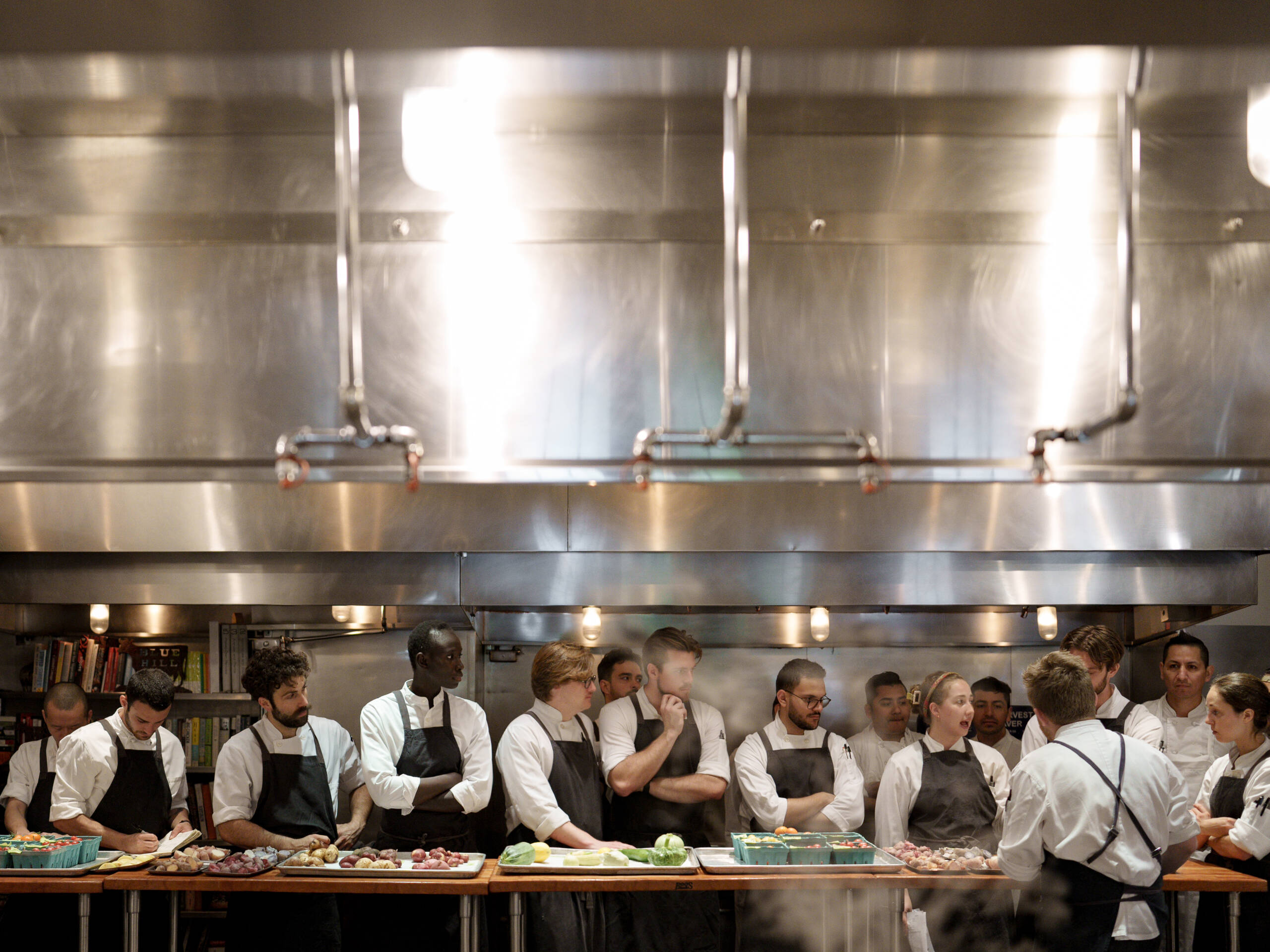
The team at Michelin star restaurant Blue Hill
In the second of a two-part LUX series, Isabella Fergusson talks to four of the world’s most celebrated chefs, who are driving the agenda in the increasingly important overlap between sustainability and haute cuisine
Yannick Alléno:
Pavyllon, London; Pavillon Ledoyen, Paris; Le 1947 à Cheval Blanc, Courchevel
With 16 Michelin stars across 17 global restaurants, the superstar chef’s signature style is modern French cuisine with a personal, audacious spin
LUX: How have you seen sustainability awareness change and what is your approach to it?
Yannick Alléno: When I started cooking, we didn’t pay as much attention as we do today to food waste, seasonal produce and so on. It’s an awareness that gradually emerged and took hold. When I founded my group in 2008, I called it “quaternaire”. The quaternary restaurant is one that is in tune with its time and place, and takes its environment into account: the company, the employees, the customers and the ecology. These are the four fundamental pillars.

Chef Yannick Alléno in his Michelin star kitchen
LUX: Is it more sustainable, ultimately, to encourage home cooking more than eating out?
YA: Whether at home or at the restaurant, what counts is taking the environment into account: buying local and seasonal produce and using raw materials.
Read more: An interview with Marian Goodman Gallery
LUX: How do your customers respond differently to this awareness in London compared to Paris?
YA: It seems to me that ecological awareness is widespread. Both in London and Paris, customers are aware of it – especially the younger generation, who feel deeply concerned by environmental issues and our ecological impact.
LUX: Your London menu provides “a British expression of [your] signature modern French dishes”. Are there disparities between British and French culinary expression?

A refined surf-and-turf dish at Pavyllon, London
YA: These are different cultures with their own similarities and differences. Of course, they have many things in common – cooking techniques, for example, and at the same time specificities in food and cultural habits, such as British teatime.
LUX: Is there a young chef who has caught your eye who is doing great things for sustainability?
YA: Mallory Gabsi is a highly talented Belgian chef in Paris who pays close attention to environmental issues. He works closely with French and Belgian produce. His fish is sourced from a Breton fish auction and is delivered directly by a small-scale fisherman – he even uses bicycle suppliers where possible. In the kitchen, there’s no waste: all offcuts are used, for example, to make broth, and he reduces plastic to a minimum in all packaging.

Rasmus Kofoed, chef and co-owner of three Michelin star restaurant Geranium
Rasmus Kofoed:
Geranium, Copenhagen
Chef and co-owner of Danish meat-free restaurant Geranium, which has three Michelin stars, Kofoed also presented the plant-based restaurant Angelika
LUX: How do you strike a balance between Nordic tradition and pushing culinary boundaries?
Follow LUX on Instagram: @luxthemagazine
Rasmus Kofoed: In Denmark we don’t have as long a culinary DNA as Spain, Italy or France, so that makes it a little easier. Traditions – such as smoking, salting and curing ingredients – should be respected but can also be modified.
LUX: Through Angelika, you donated £9,400 to the Danish Nature Fund. What inspires you in nature?
RK: Nature is an inspiration because of childhood memories, the seasons and micro-seasons and all the colours, textures and patterns you see – so many wow moments. I want to transform them all into something edible in my kitchen.

Green asparagus, aged cheese and wild plants at Geranium
LUX: Do you experiment with new techniques?
RK: We made the kitchen here at Geranium a technical kitchen but its not something we talk about. First, it’s about the serving, the dish, the balanced transformation of the ingredients.
Read more: Anantara Ubud Resort, Review
LUX: How do you remain focused on remaining authentic and resisting pressure to please others?
RK: I realised that in the pandemic, when we closed Geranium and reopened again with a completely new menu. We said goodbye to meat – we still serve shellfish and fish, but no meat, no gelatine, no chicken stock. I felt this was more representative of “Rasmus on a plate”. That’s how I like to eat and so that’s how we should serve.
LUX: What major challenges have you faced to maintain a three-Michelin-star restaurant?
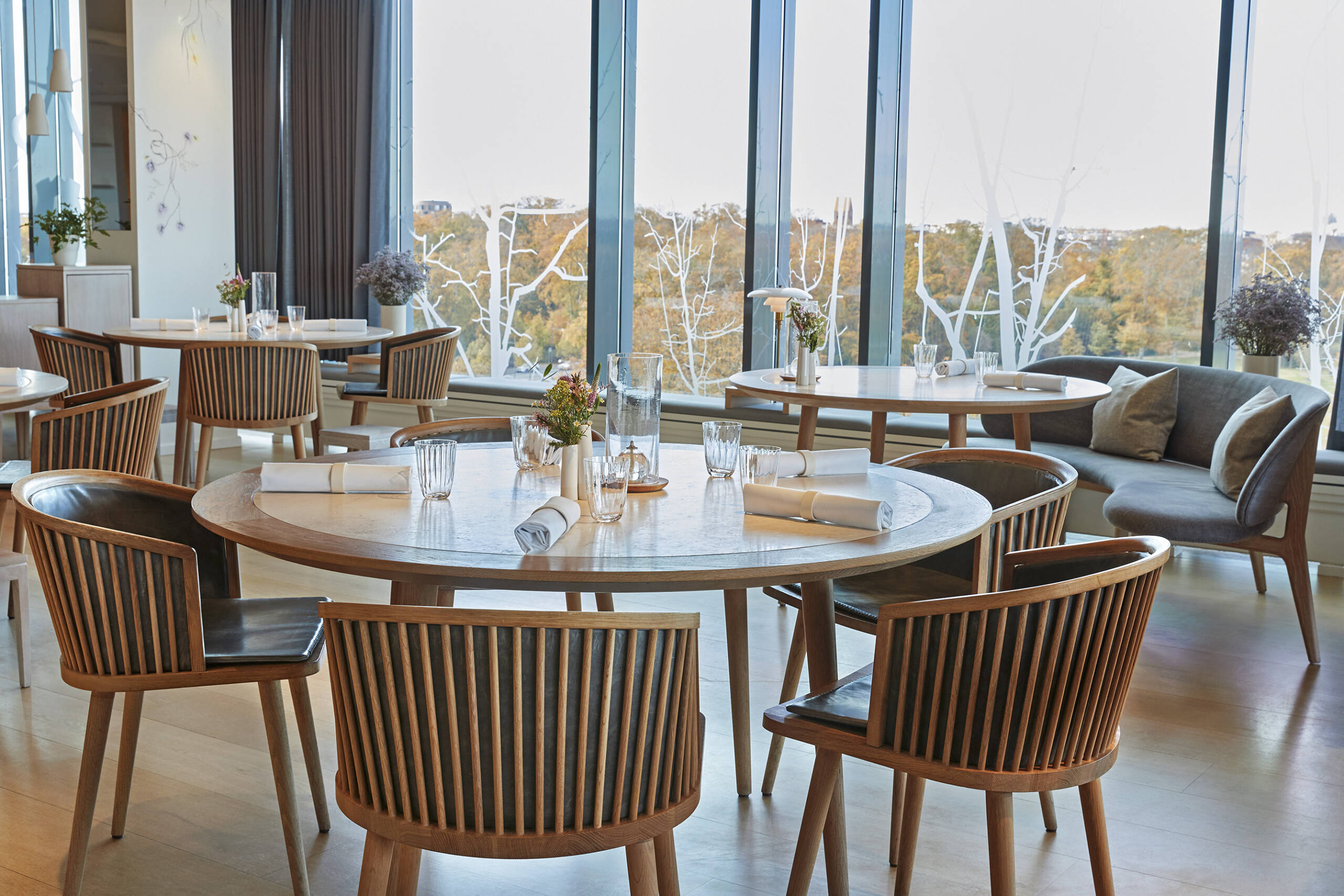
The interior of Geranium, Copenhagen
RK: Covid forced us to close the restaurant, but we kept the team, a huge but vital investment. That period gave me time to reflect, which I needed without knowing it. I was with my wife and children on a small island in the wild Danish landscape where I gathered lots of ideas. Then I opened the plant-based restaurant Angelika.
LUX: What does sustainability mean to you?
RK: Sustainability comes from a close relationship with human beings and nature. Buying vegetables from small biodynamic farmers respects the planet and the pursuit of bringing vitality back to the soil. It is about a balance of taking and giving back.
LUX: Is there an upcoming chef who inspires you through a new way of thinking or approach?
RK: Daniel Humm is very inspiring. He is brave to have turned to serving completely plant-based food at Eleven Madison Park in New York. I was there recently and it was mind-blowing. There are also a lot of inspiring people here in Denmark – biologists, biodynamic farmers, not just chefs.

Michelin star chef Ángel León, known for his ‘extraterrestrial’ cuisine
Ángel León:
Aponiente, Cadiz
León’s Aponiente has three Michelin stars and a Michelin Green star for its “extraterrestrial” cuisine
LUX: AI is creating many new sustainable food-related algorithms. Do or would you use these?
Ángel León: My efforts are aimed at discovering new ingredients from the sea. I am in favour of scientific developments as long as they are of benefit to humanity.

Aponiente’s milky wafer, sea urchin and sea honey with Irish moss reduction
LUX: How might the food industry link up with others to tackle climate change?
ÁL: Industries can create alliances and synergies aimed at improving their processes so that they are not detrimental to nature.
LUX: Does your interest in ocean conservation affect your culinary plans?
ÁL: It remains an obsession and the epicentre of the R&D projects we develop at Aponiente. The conservation and enhancement of marine species has been our objective since we opened.
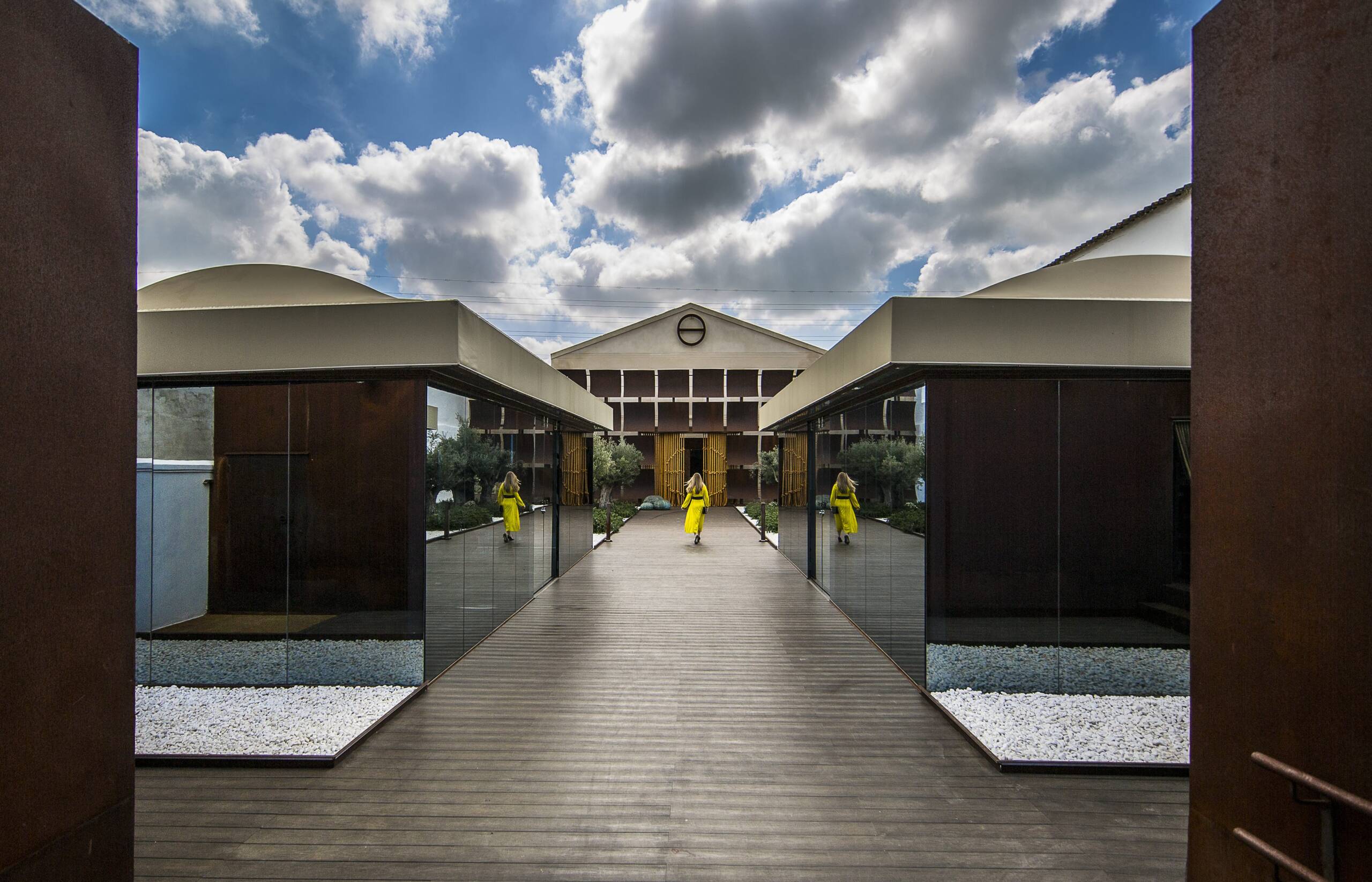
The innovation of León’s cuisine is mirrored in Aponiente’s exterior
LUX: How much of your work is instinct, and how much is hard work and study?
ÁL: My work has a lot to do with inspiration from my surroundings and from fantasy, and having a wonderful crew that then executes my dreams.
LUX: Is there an upcoming chef who inspires you, particularly for sustainability reasons?
ÁL: There are many – all those who break from convention and fashion. They respect local produce and that makes them avant-garde.

Chef Dan Barber at a Stone Barns team meeting
Dan Barber:
Blue Hill, Manhattan; Stone Barns, New York
With an organic farm in the Pocantico Hills and two Michelin-starred restaurants, the TED-talking “philosopher chef ” Barber’s mission is to change how we produce food from seed to plate
LUX: When were you first aware of unsustainable food practice?
Read more: Tasting Bryant’s iconic Napa wines
Dan Barber: Embarrassingly late. I opened Blue Hill at Stone Barns as a farm-to-table restaurant, but it was only after I visited Klaas Martens’ farm in Penn Yan that I realised that by dictating the cuisine from above I wasn’t supporting farmers and good agriculture. Quite the opposite: farmers were being forced to service our tastes, which often meant working against the farm.
The system had us exalting butter lettuce on a plate but not paying for the soil-supporting cover crops and rotation grains that underpin the system. I was shocked by my ignorance. Now we’ve shifted our mandate from the standalone principle of farm- to-table cooking to create an ecosystem cuisine that services the whole farm.

Blue Hill’s produce displayed in the restaurant’s interior
LUX: Kitchens are famously brutal. Is it important that a sustainable work culture comes alongside sustainable food practice?
DB: Absolutely. One way we do that at Blue Hill is by embedding education into our ecosystem. We’re shooting for a 60 per cent restaurant, 40 per cent R&D balance, so it’s important to keep all staff in the loop about the projects going on. Staff take part in weekly training and guest-speaker events and attend external education and dining opportunities. The reason is inclusion – we want FOH, management and interns to be just as entrenched with the food as the cooks. It’s not always heads-down, it’s about rounding out the work culture to get engagement and buy-in.
LUX: What food are you most nostalgic for?
DB: When I was 12 I came down with an awful bout of strep throat, the type that feels like knives in your throat. It killed any desire I had to put anything in my stomach. My mom had died when I was four and my dad wasn’t much of a cook. Thankfully, he enlisted my Aunt Tobé to nurse me back to health. I’ll never forget what she cooked for me: scrambled eggs, soft, buttery and herby, which slid down my throat when I couldn’t even swallow. I don’t mean to sensationalise, but I credit my recovery to those scrambled eggs.
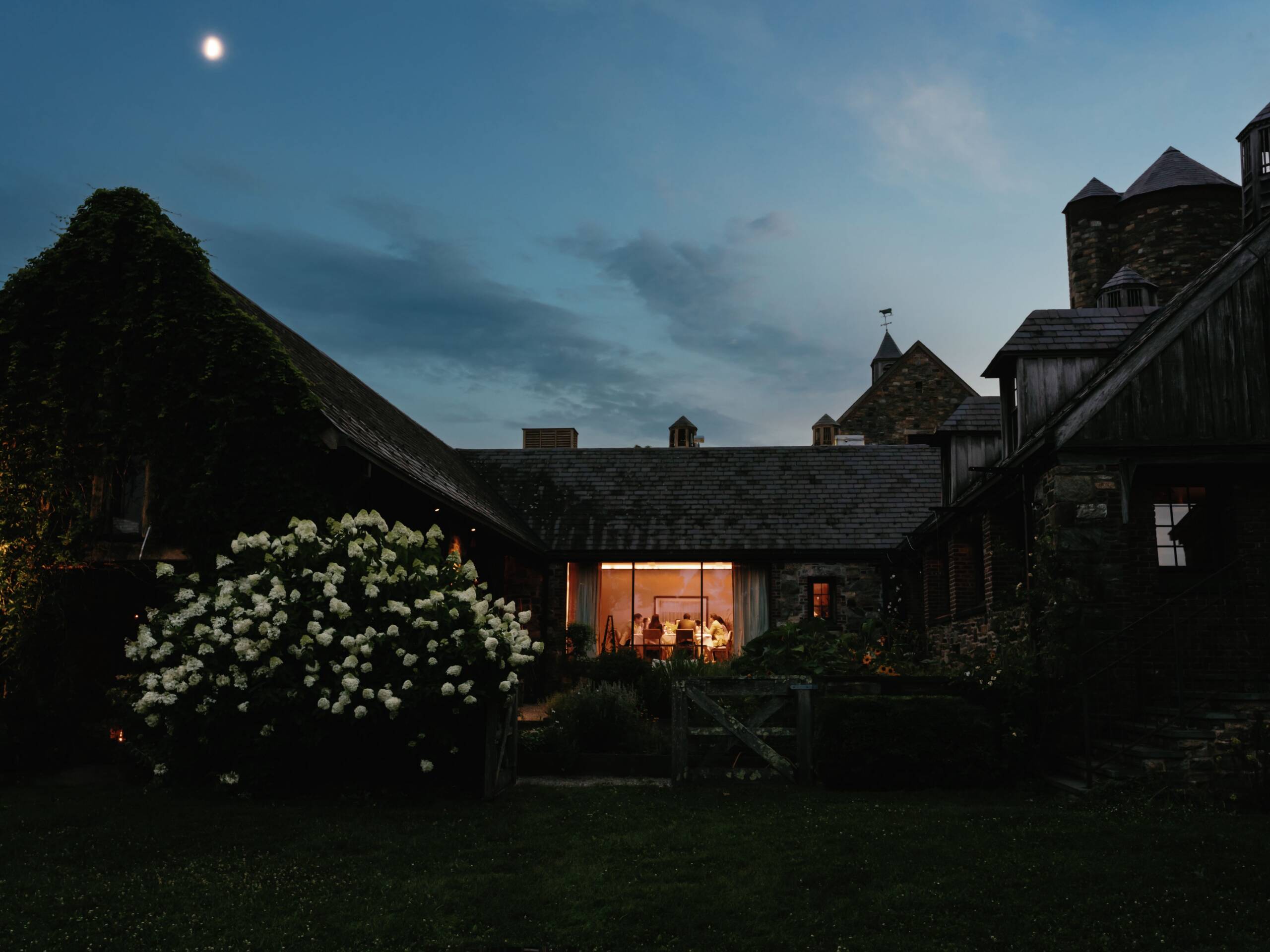
The beautiful and understated exterior of Blue Hill
LUX: It was alleged in 2022 that Blue Hill served animal products to vegetarian and vegan diners. What was your response?
DB: These allegations were false, demonstrably so. We made considerable efforts to tell the truth; unfortunately, Eater website chose to ignore them.
LUX: You gained a Michelin Green star. How would you rate the green Michelin incentive?
Read more: Simon de Pury interviews Olafur Eliasson
DB: We don’t need proof that today’s diners pick destinations based not just on a five-star review but on a growing environmental consciousness. But if we did, the Michelin Green star would be it.
LUX: Can you recommend a young chef who is doing great things for sustainability?
DB: I think Ángel León in Cadiz is doing the most wonderful ocean-advocacy cooking in the world. He is touched by genius.

Portrait of chef Mauro Colagreco
Mauro Colagreco:
Mirazur, France; Raffles, London
His Mirazur restaurant has three Michelin stars and a Michelin Green star, but for Mauro Colagreco, the “gardener with a chef ’s jacket”, it’s all about simplicity, diversity and “vegetable-forward” food
LUX: What does sustainability mean for you?
Mauro Colagreco: To be aware of the impact of our actions; to act with respect for our planet; to celebrate living things; to be inspired by the way nature works to create virtuous circles around us.
LUX: What do you choose: taste or sustainability?
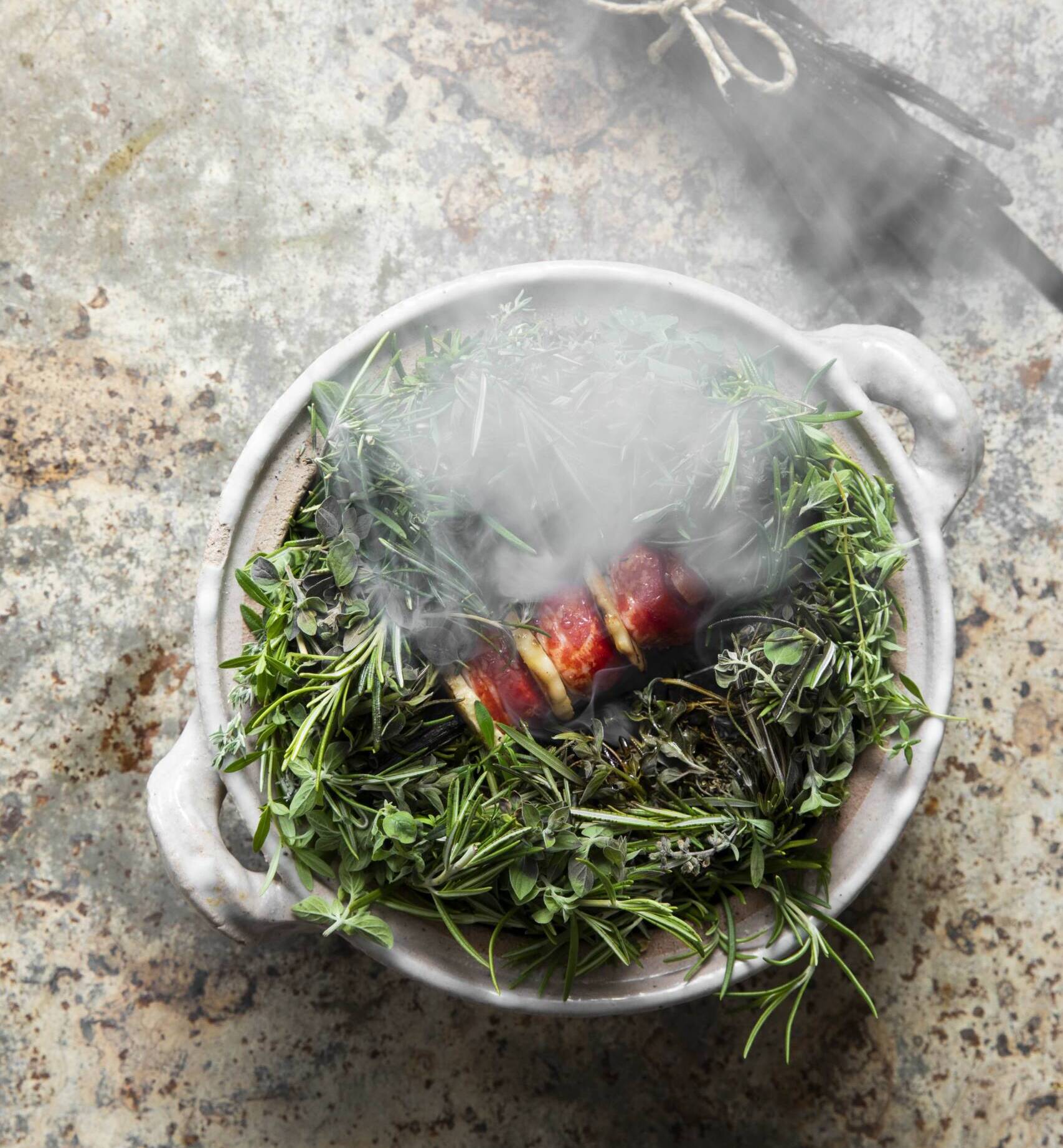
A lobster vanilla dish, from the Flowers menu at Mirazur
MC: They can no longer exist without each other. Learning to eat fresh, local produce that respects the cycles of life is a perfect way to connect with nature and to celebrate the life within us.
LUX: Is cooking more about chemistry or art?
Read more: Omega CEO Raynald Aeschlimann on the watch industry
MC: Food is a multidisciplinary subject. We must draw on all our knowledge if we are to respond creatively to today’s challenges, from taste to health to loss of biodiversity and climate change.
LUX: Is ambition in a chef always a good thing?

The interior of restaurant Mirazur
MC: It depends where the ambition leads, who it does and doesn’t benefit and what it achieves.
LUX: You have pizzerias alongside your biodiverse culinary movement of circular gastronomy. Why?
MC: La Pecora Negra democratises eating well with nutritionally exceptional but accessible food. Excellence is not only about haute cuisine.
LUX: What young chef impresses you today?
MC: Virgilio Martínez Véliz and Pia León in Peru. Their work in the biodiversity of ecosystems and with local communities is wonderful!


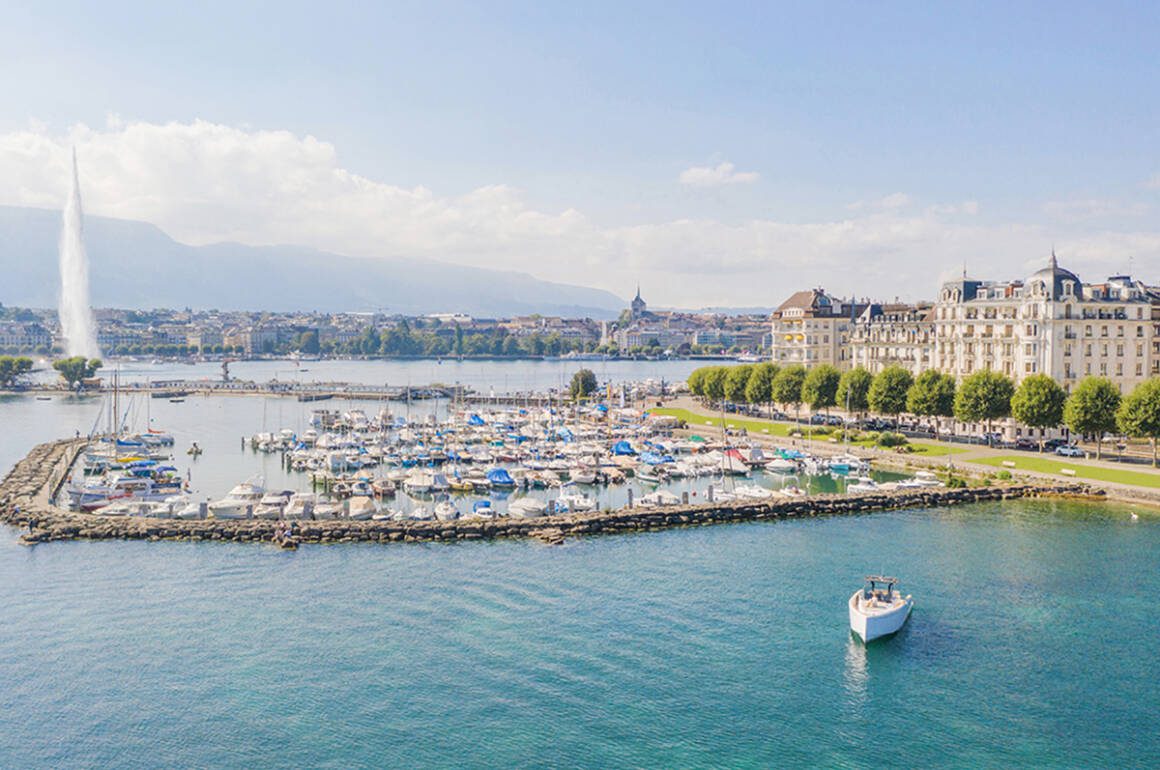
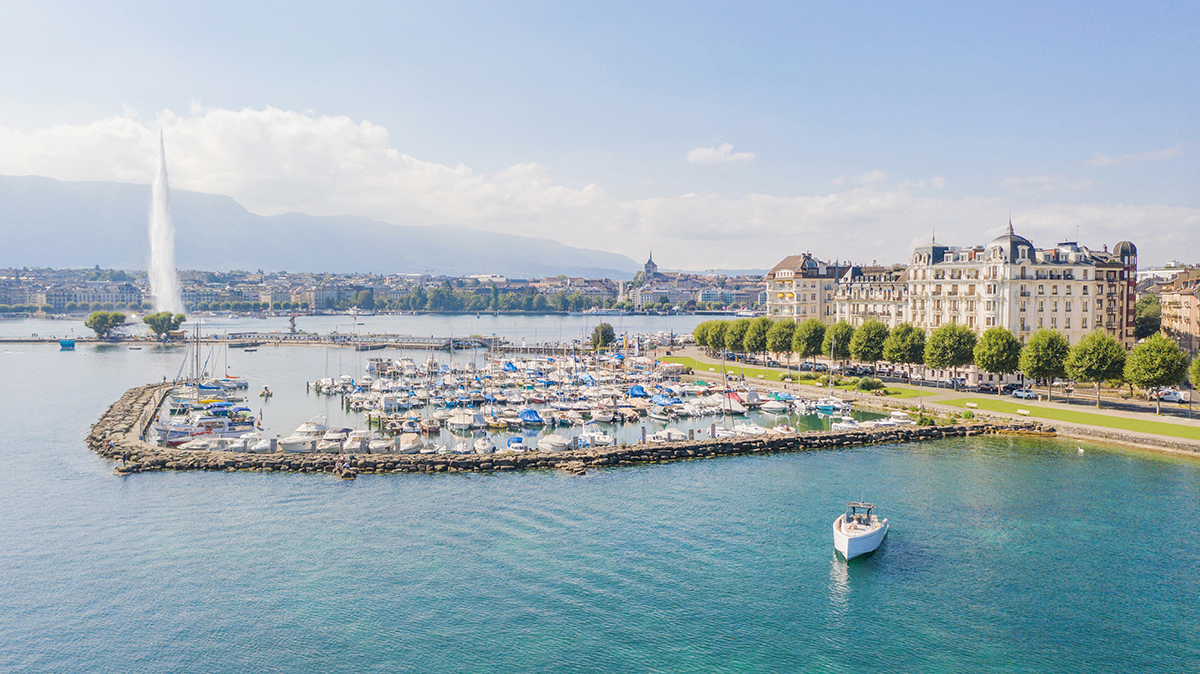
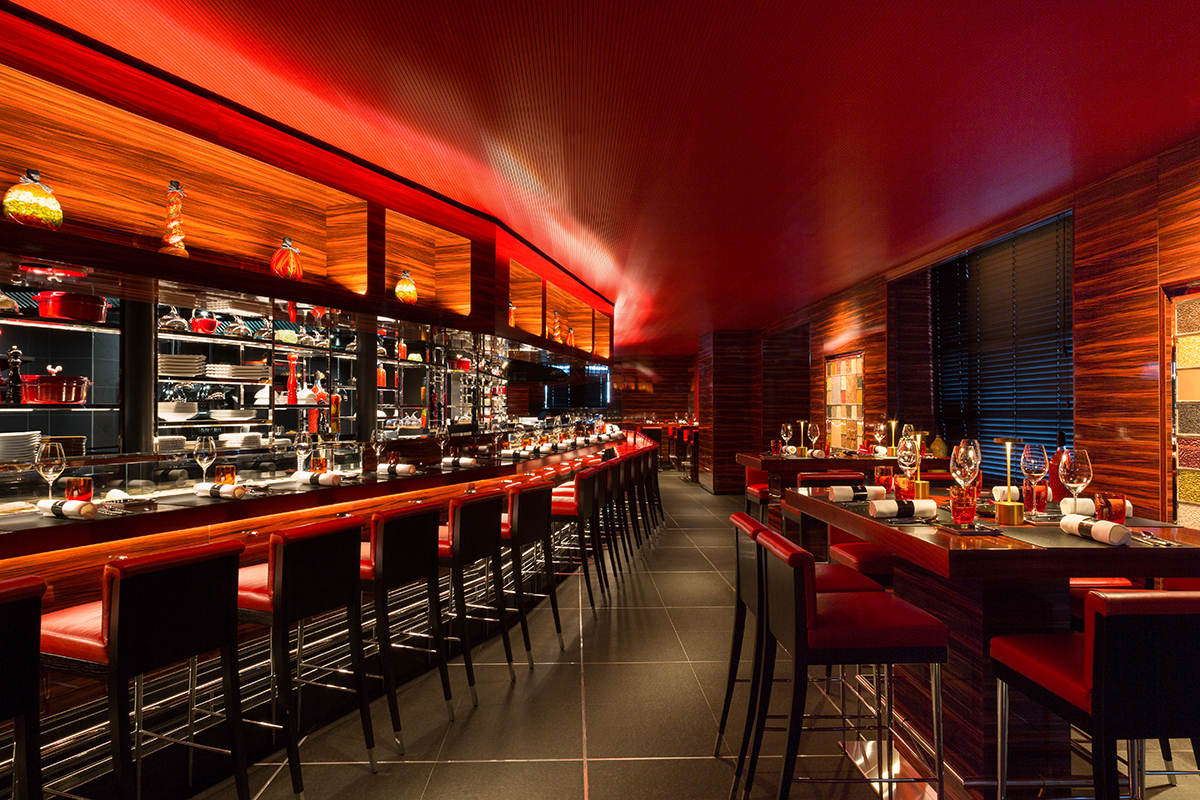
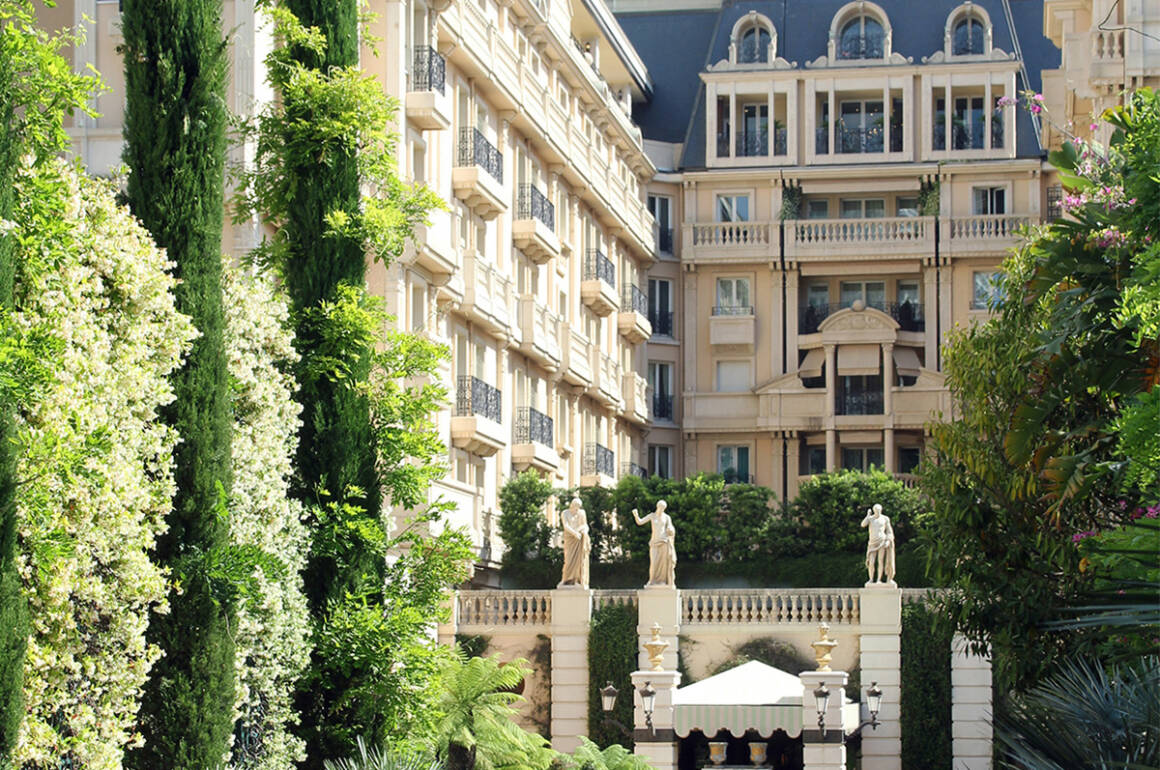
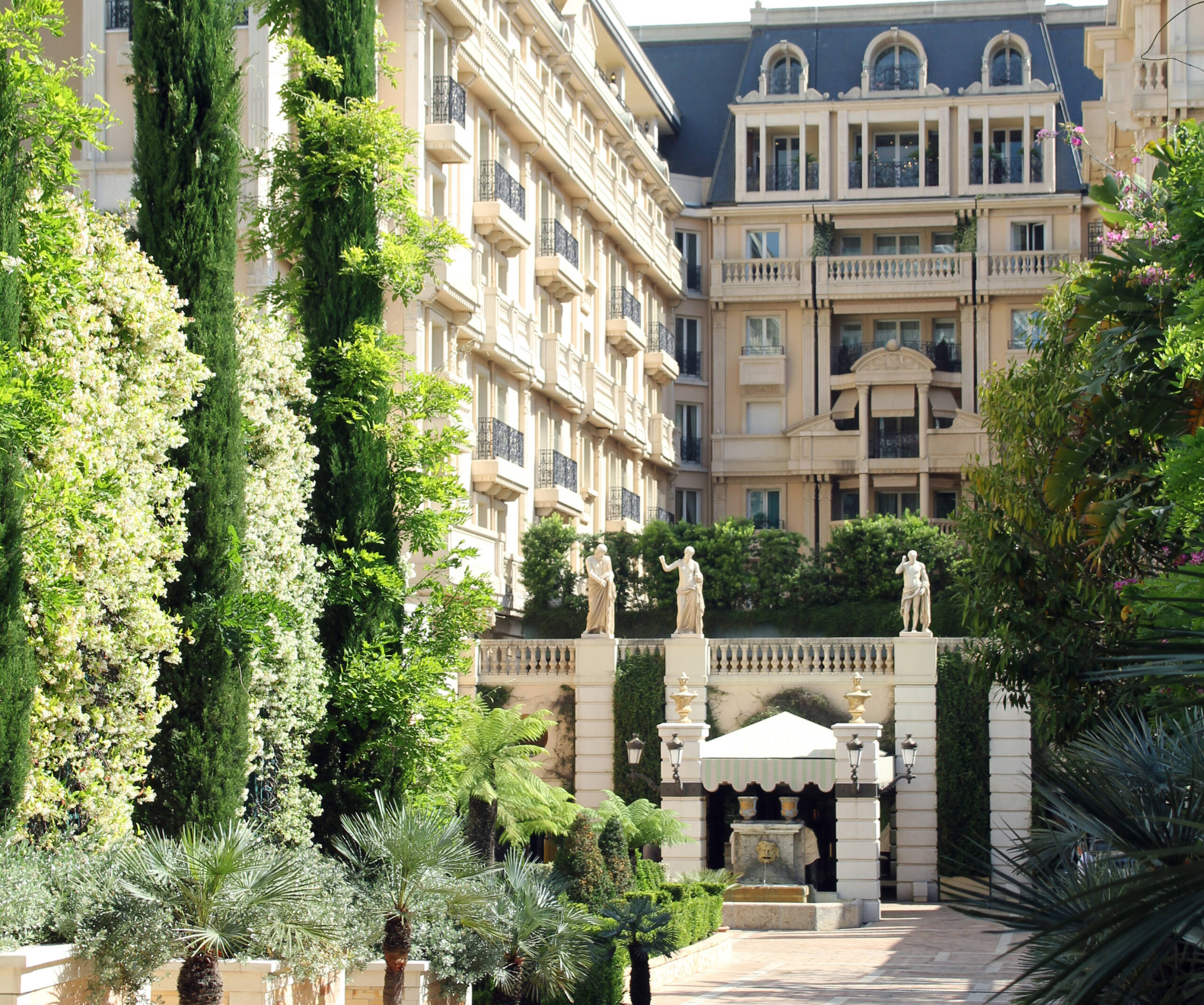
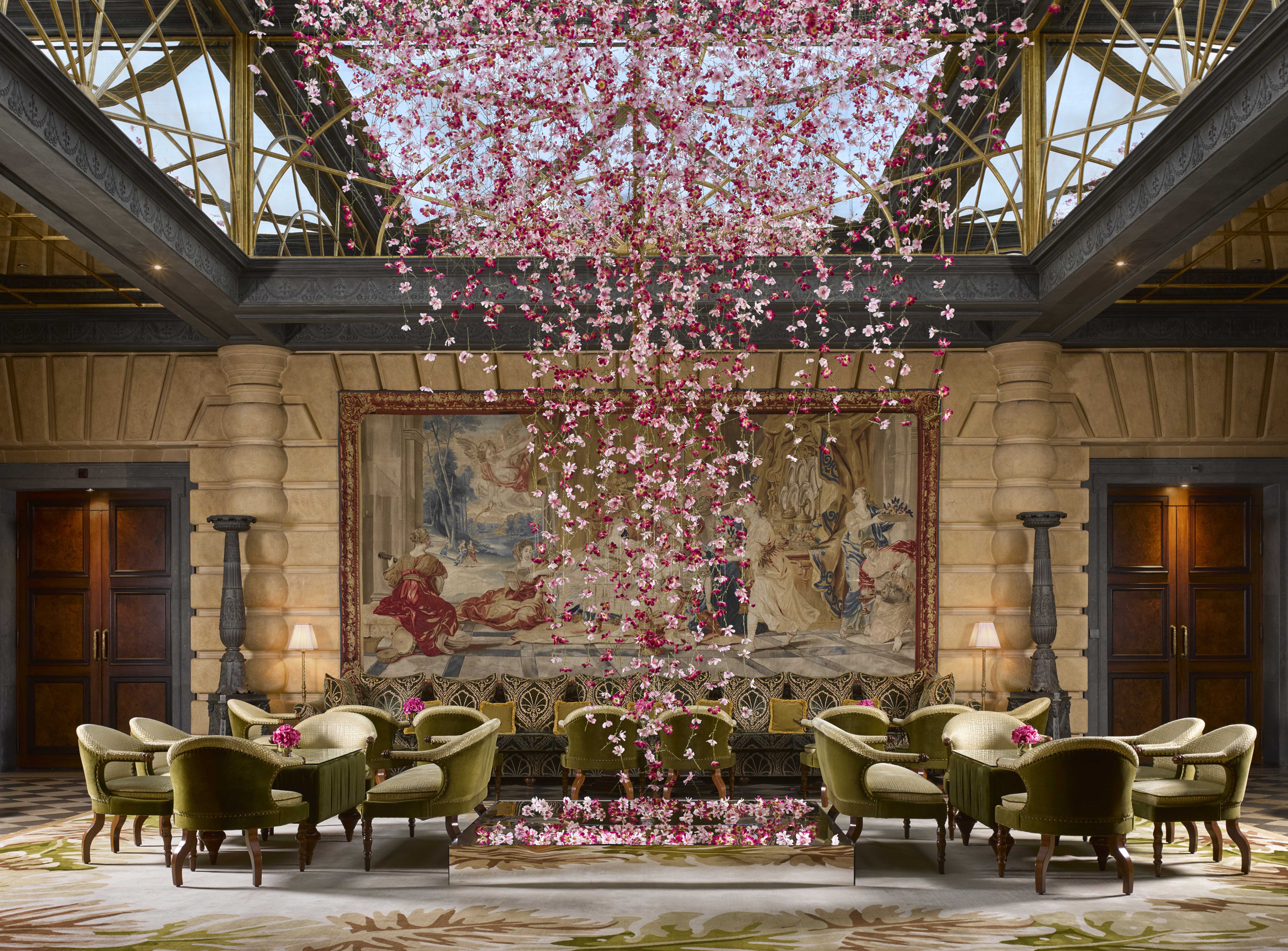
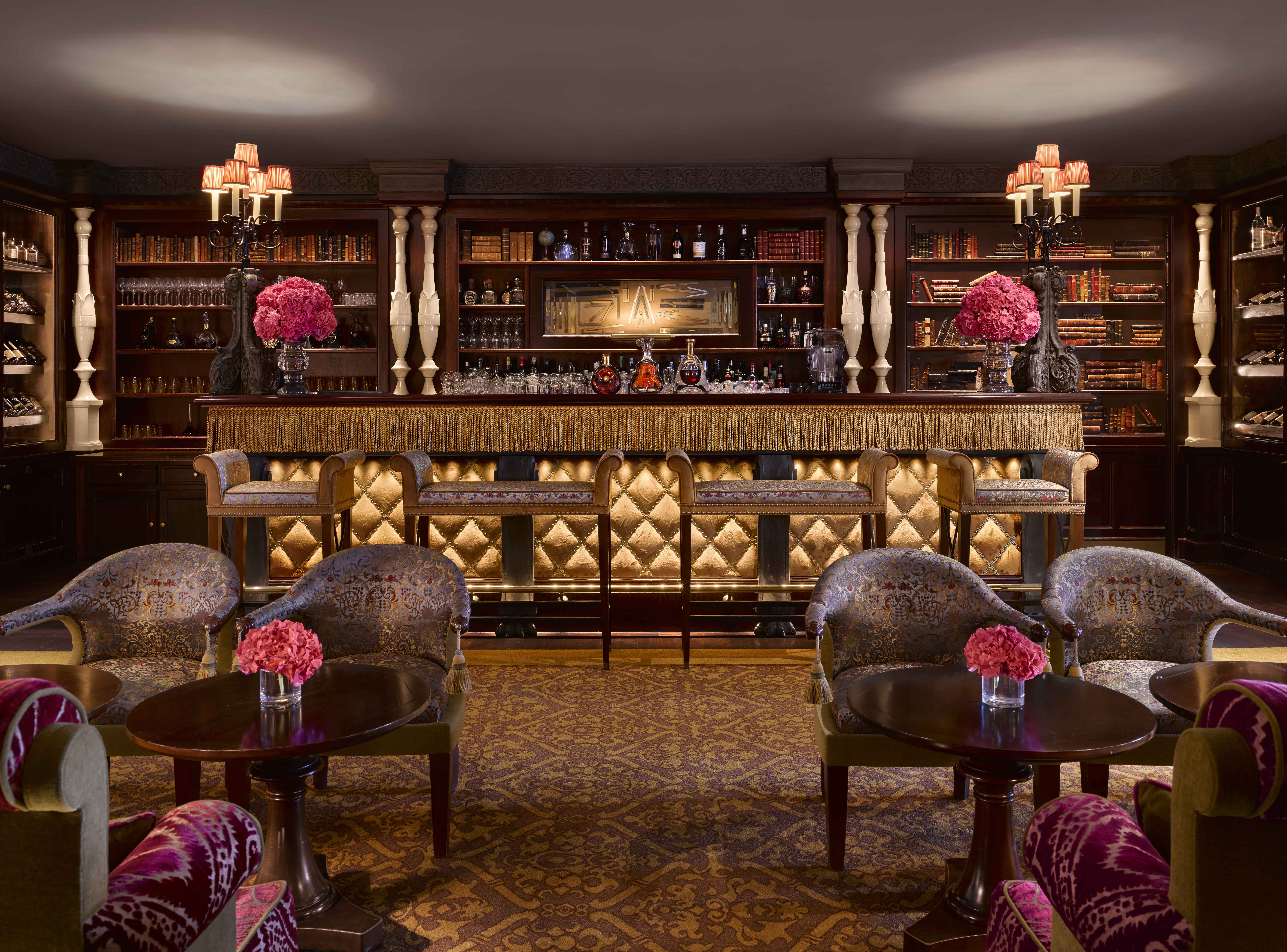
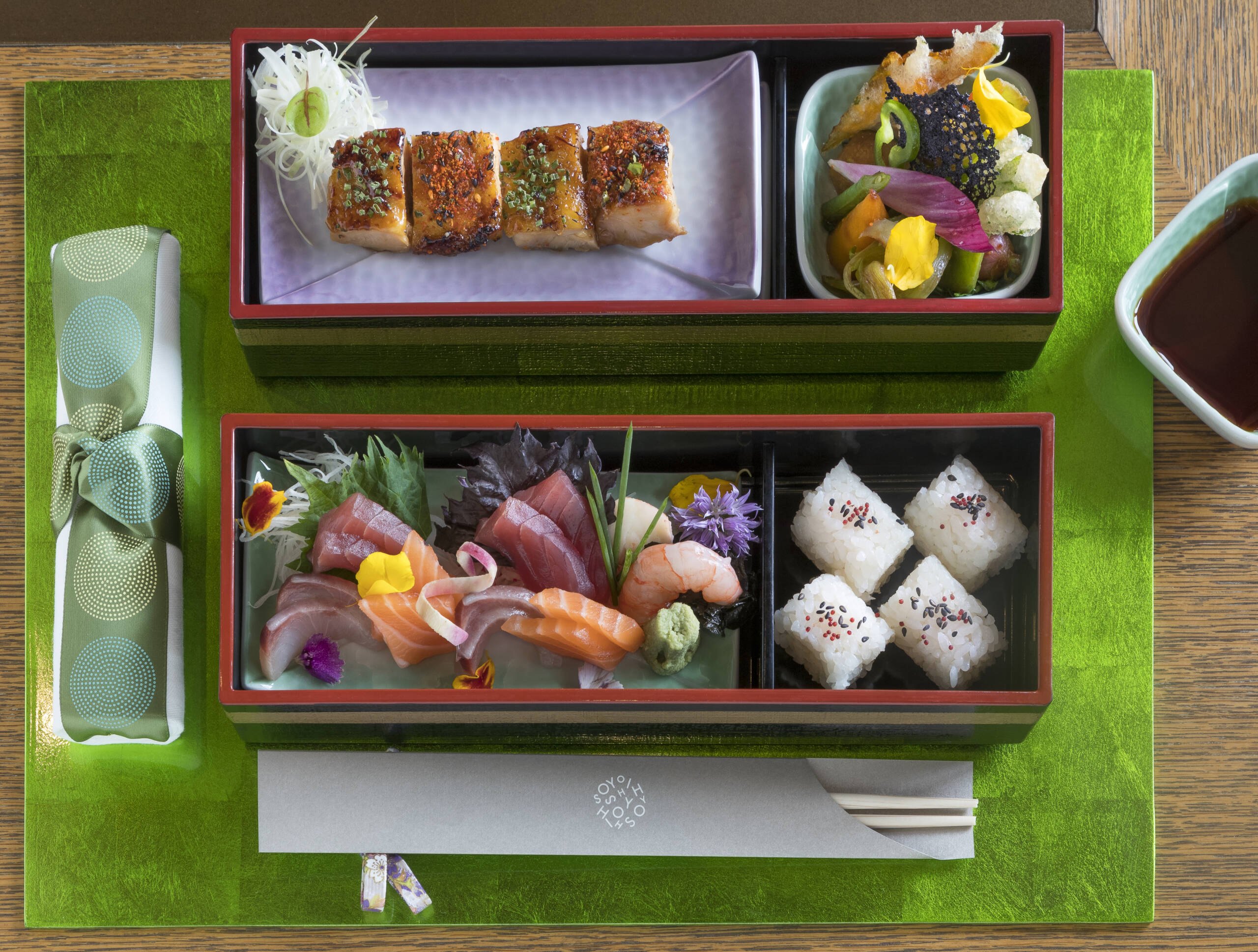
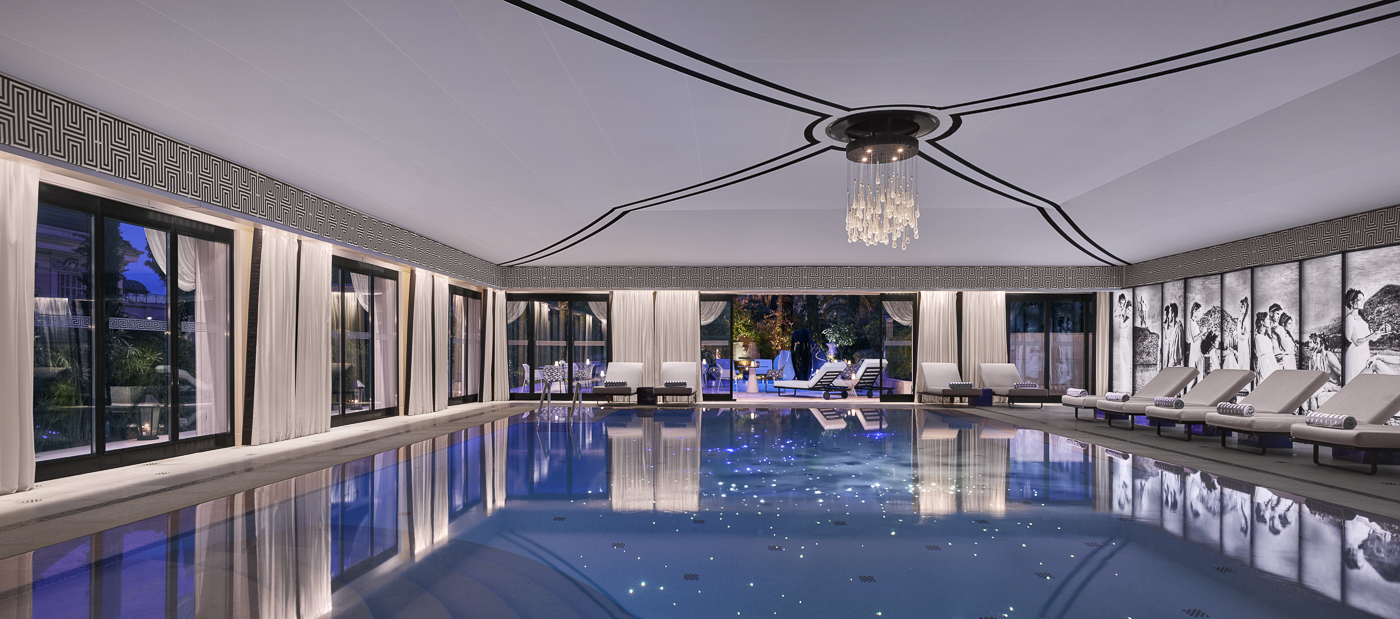

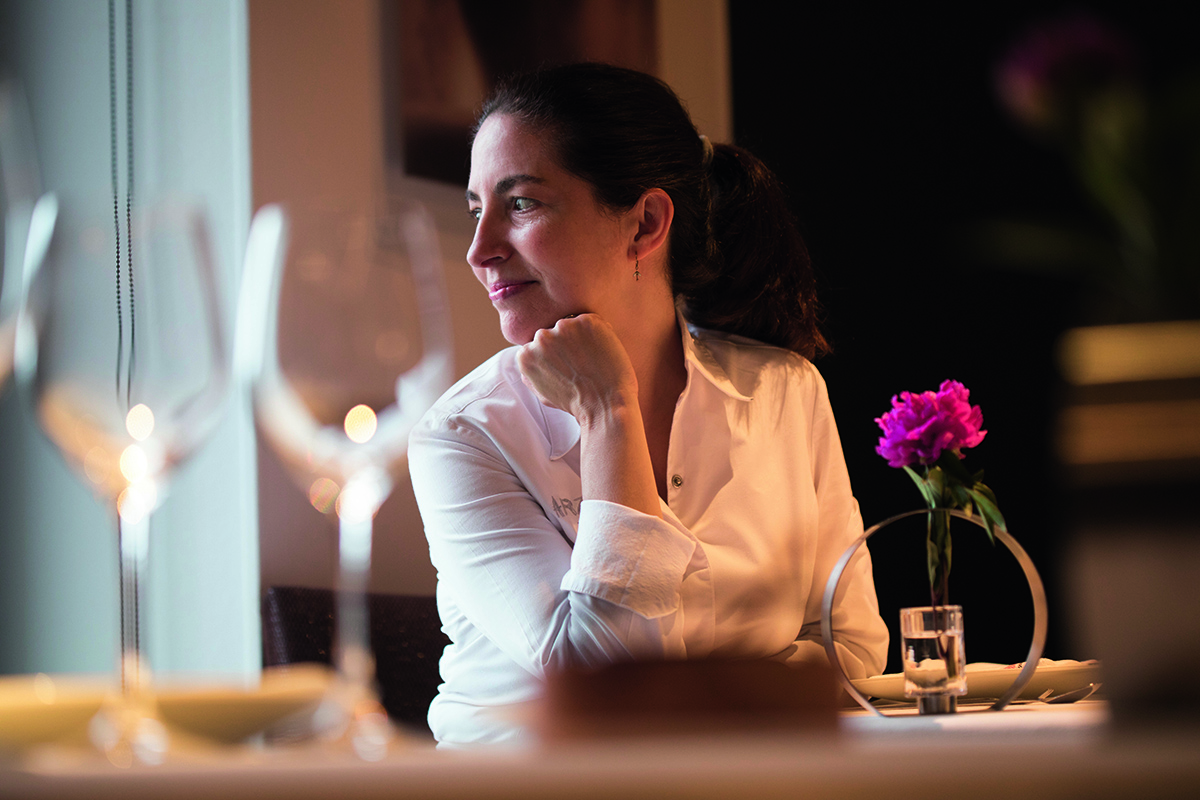
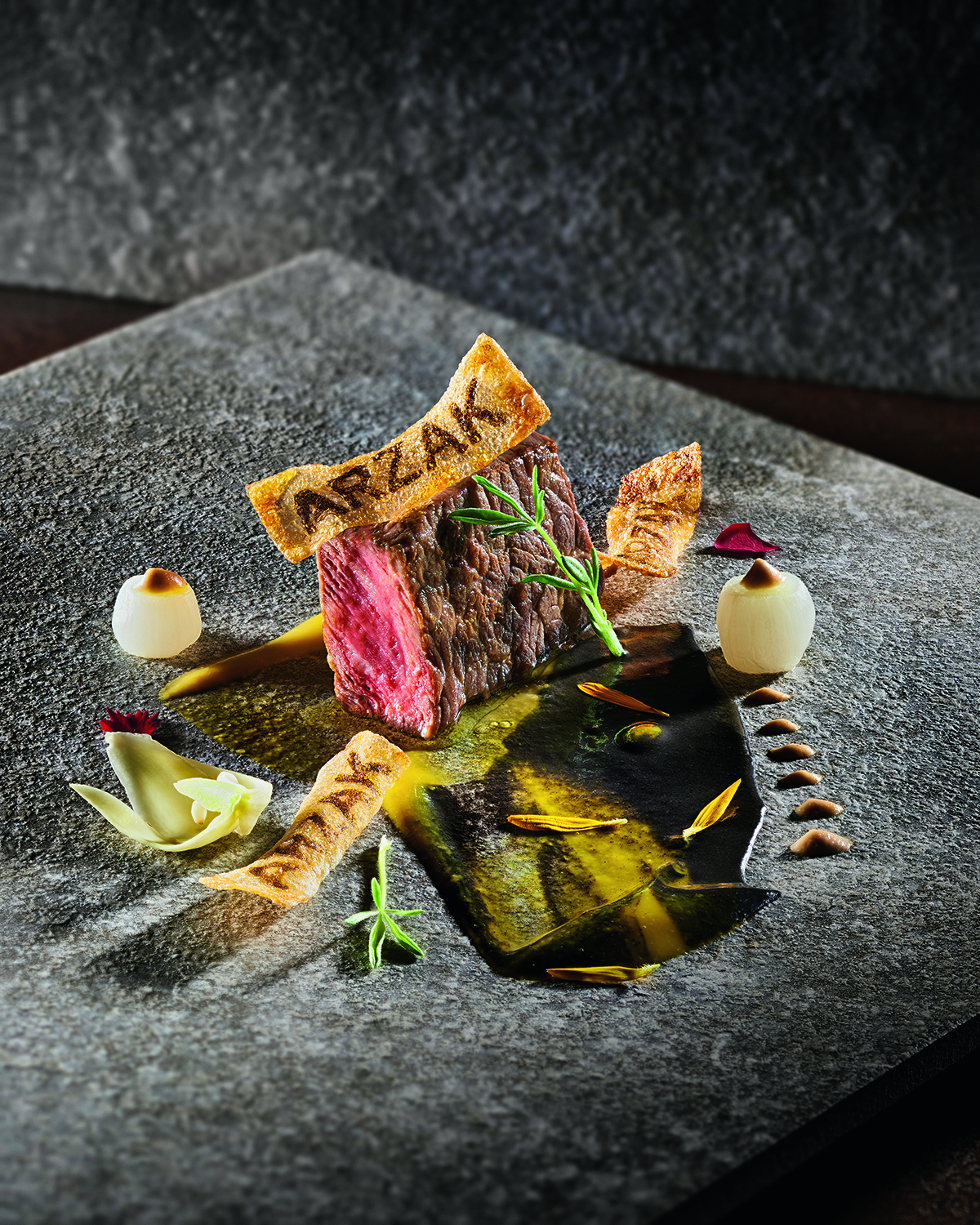
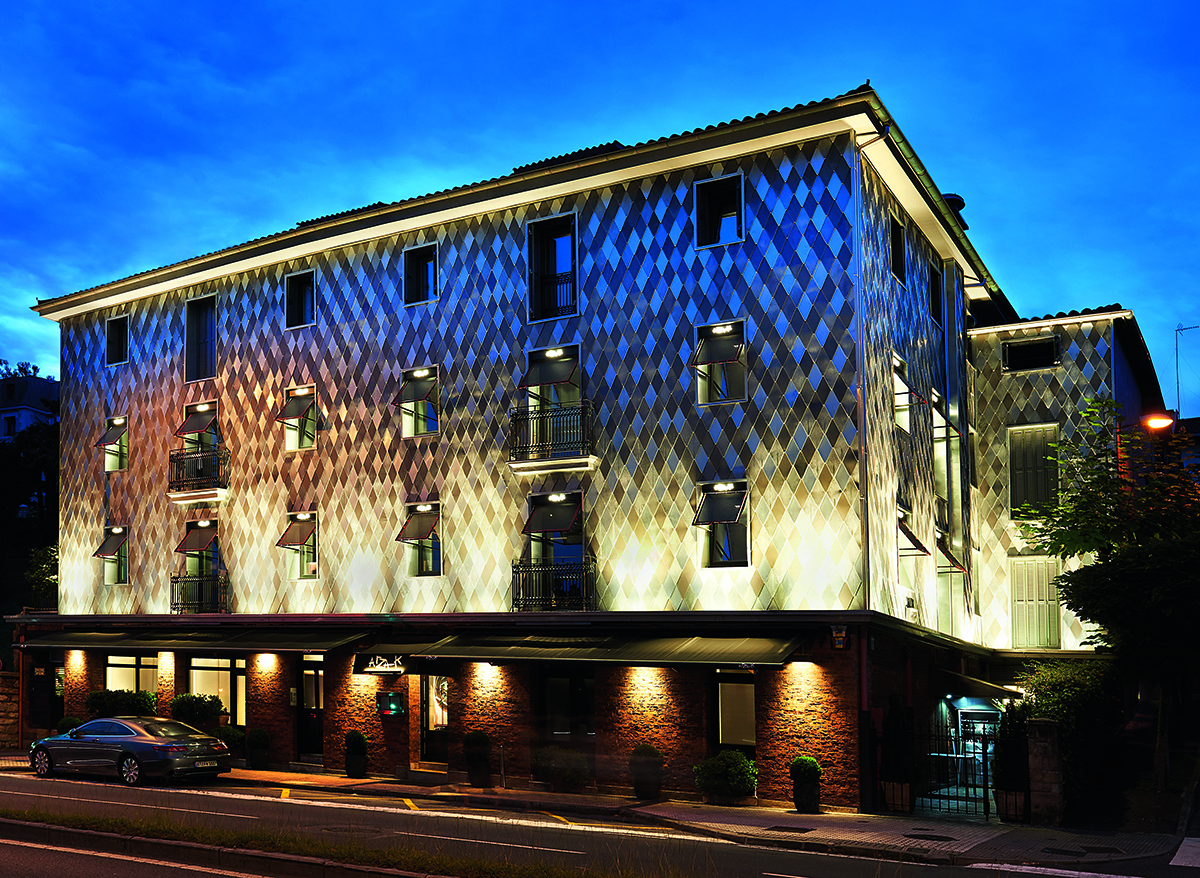

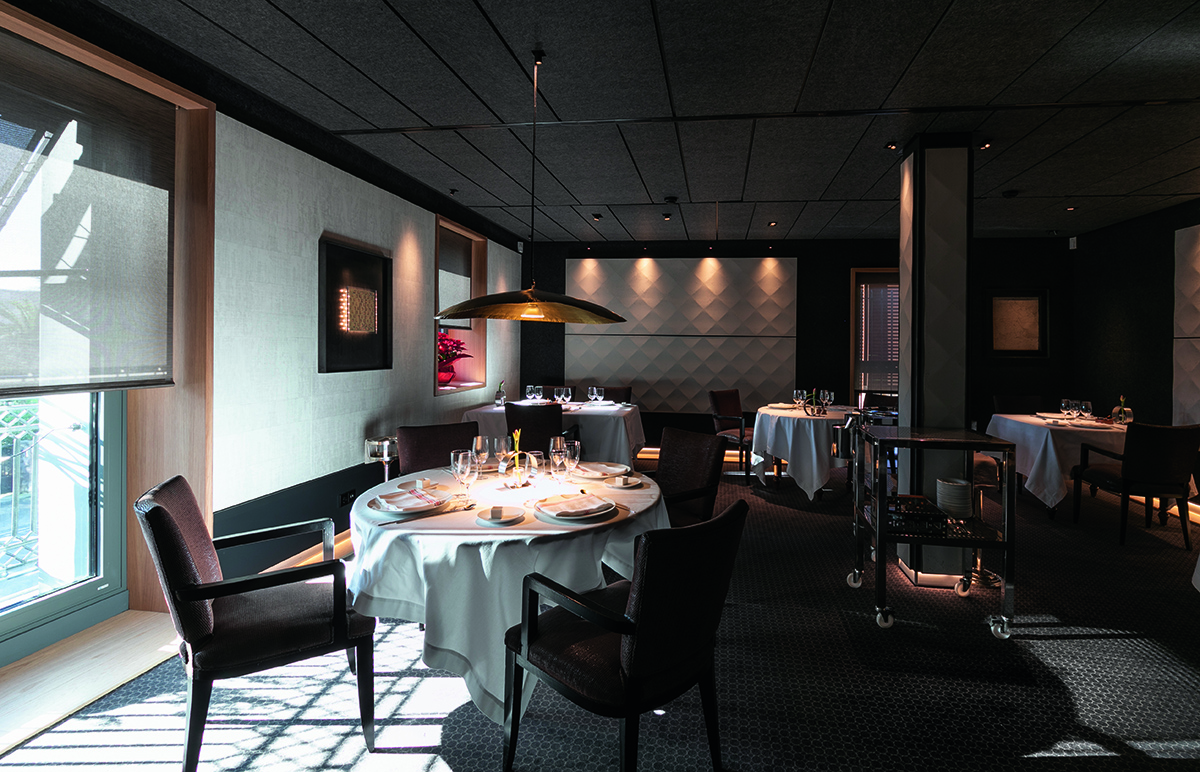
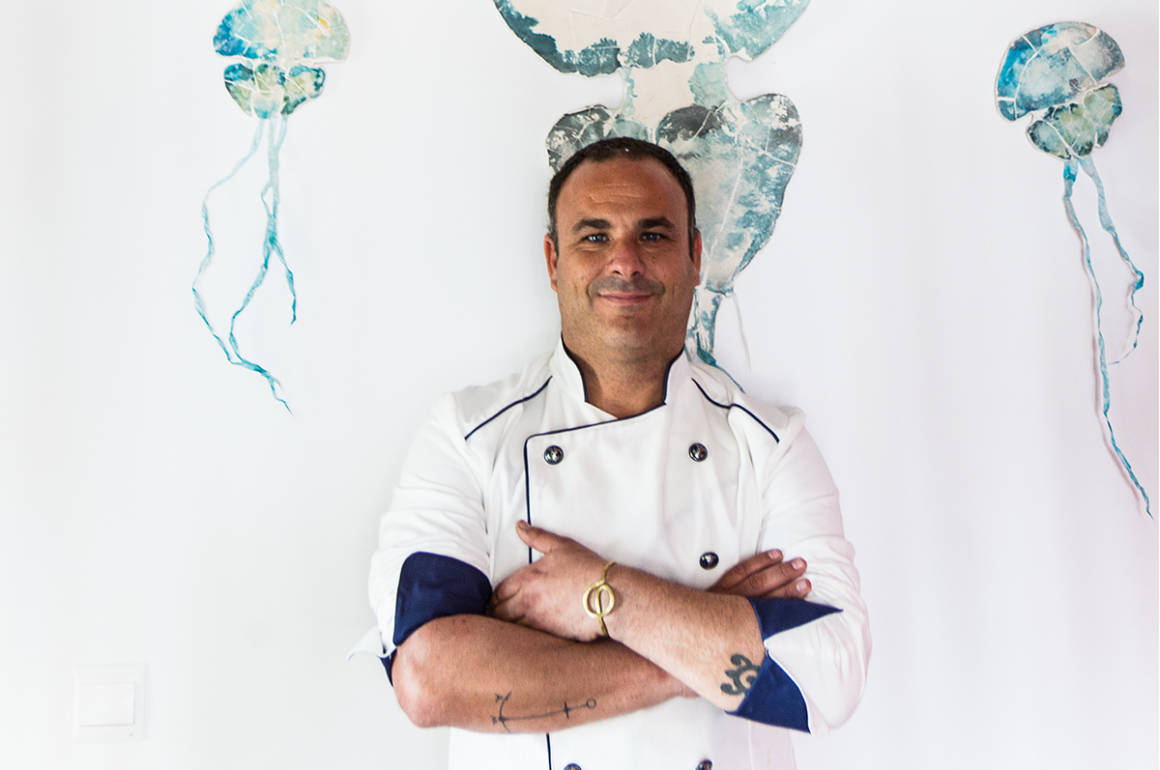

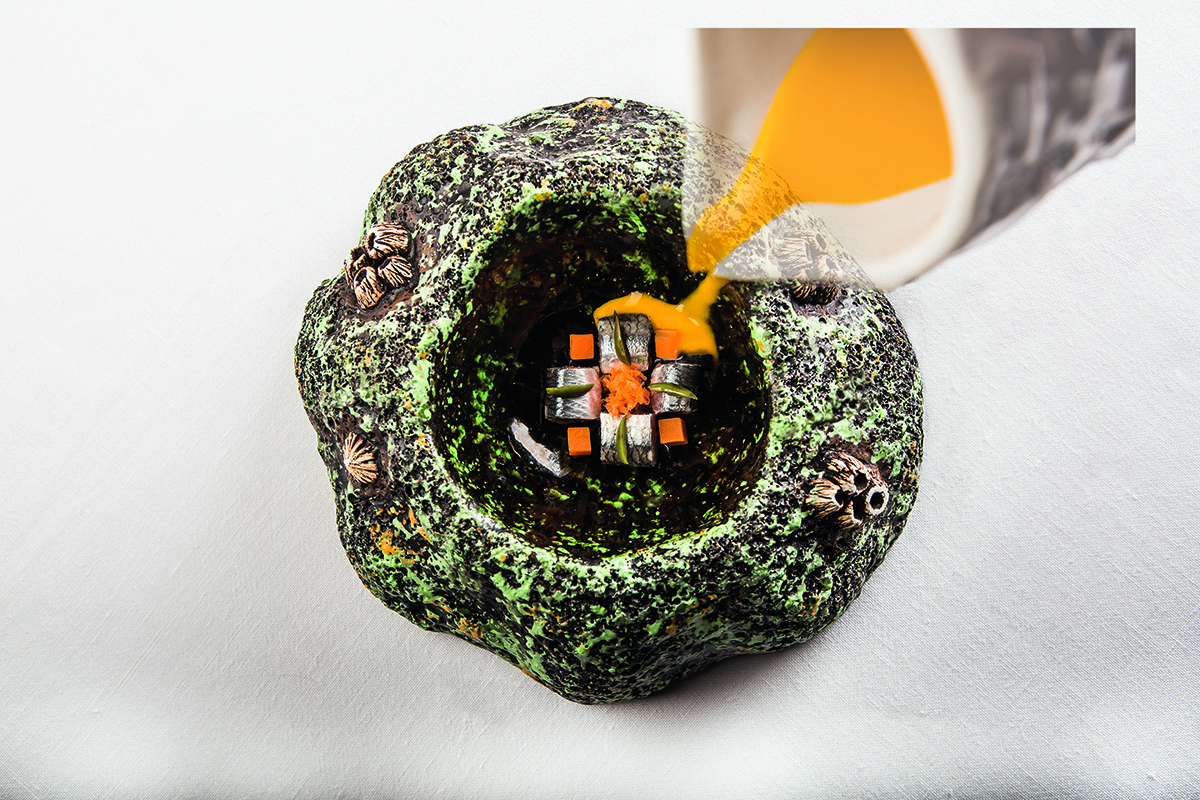
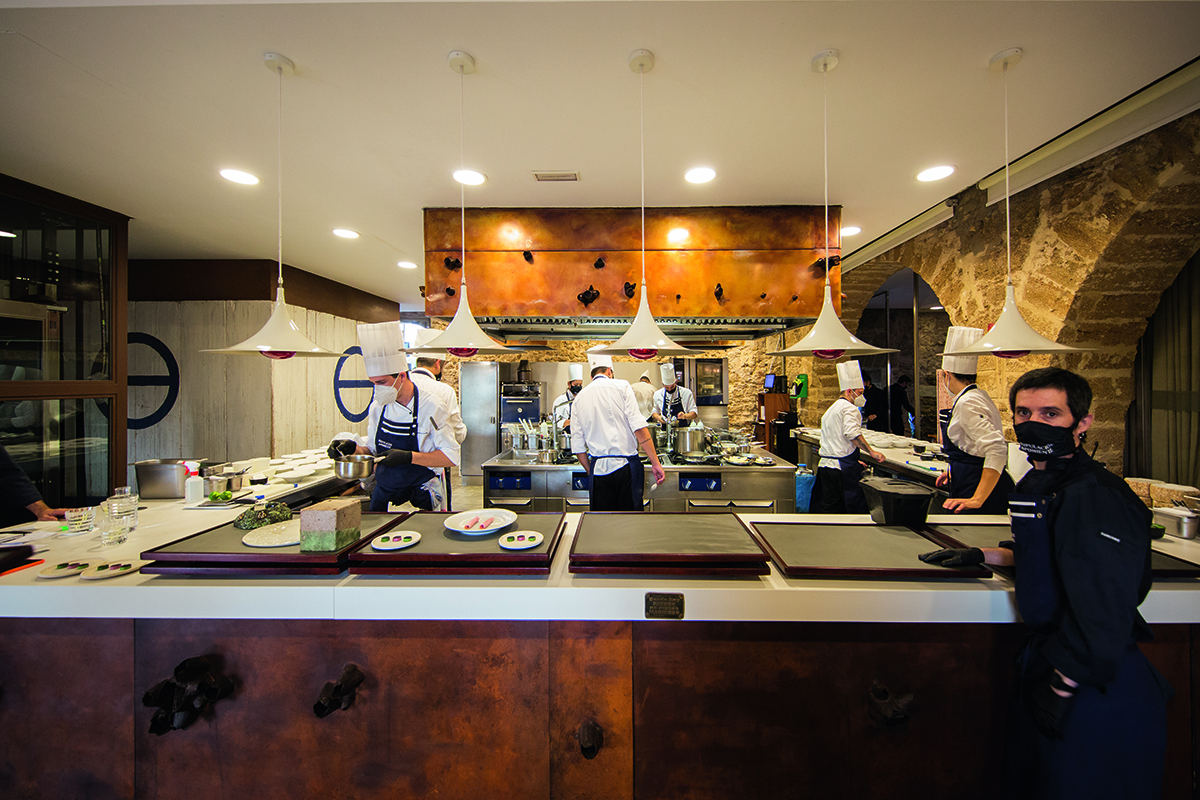
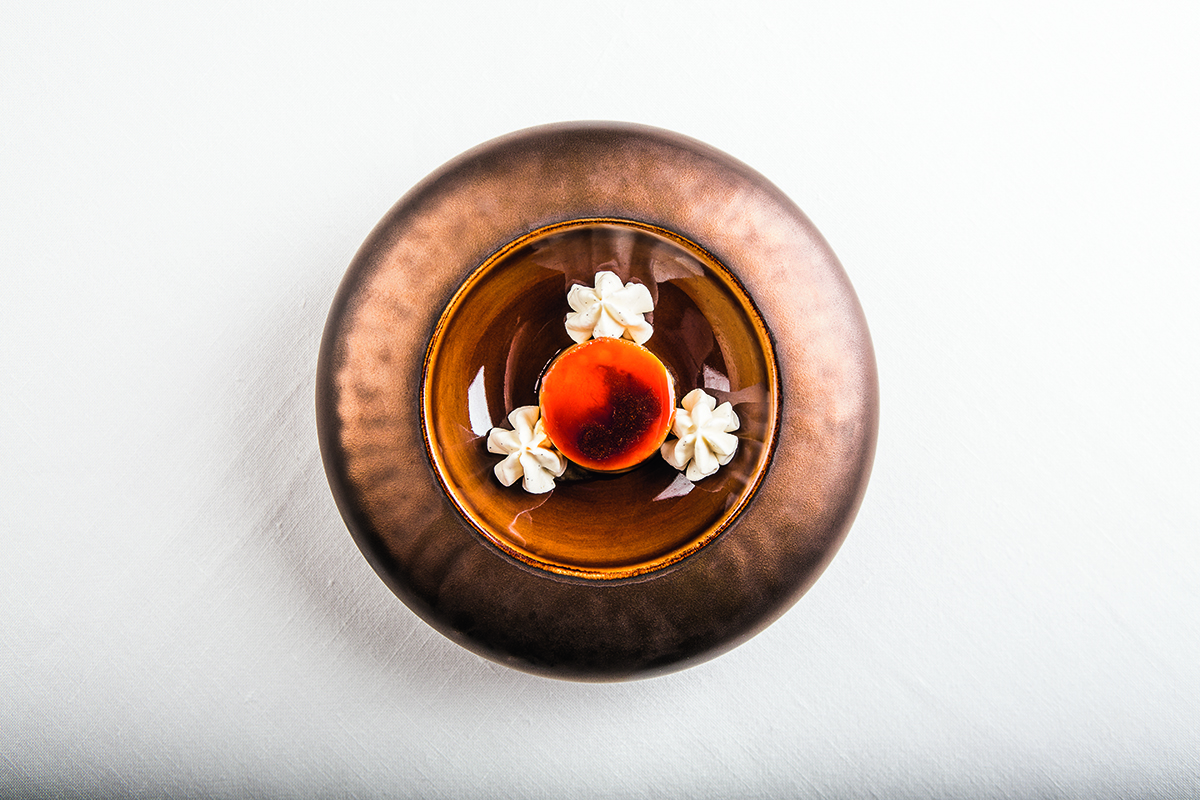
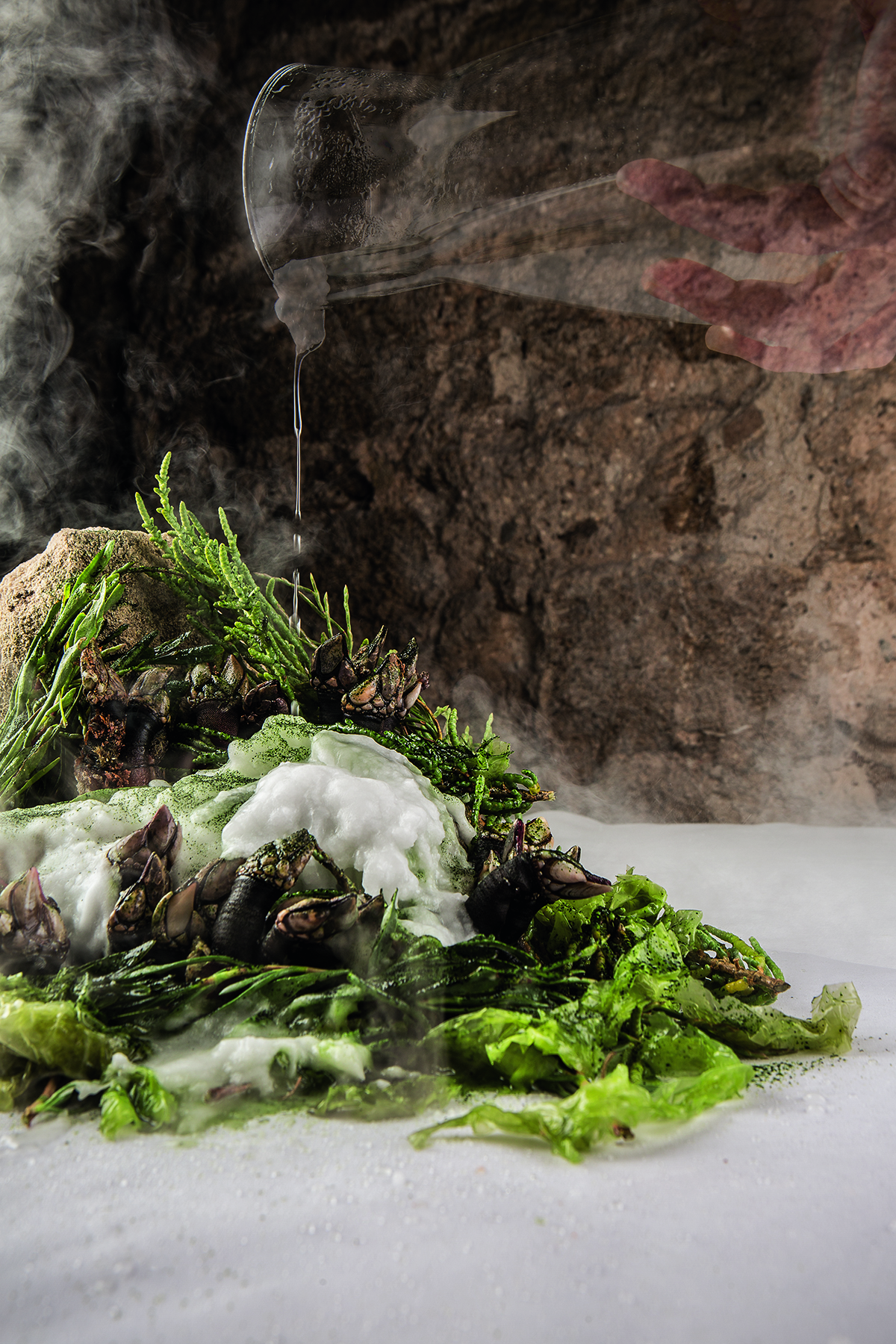
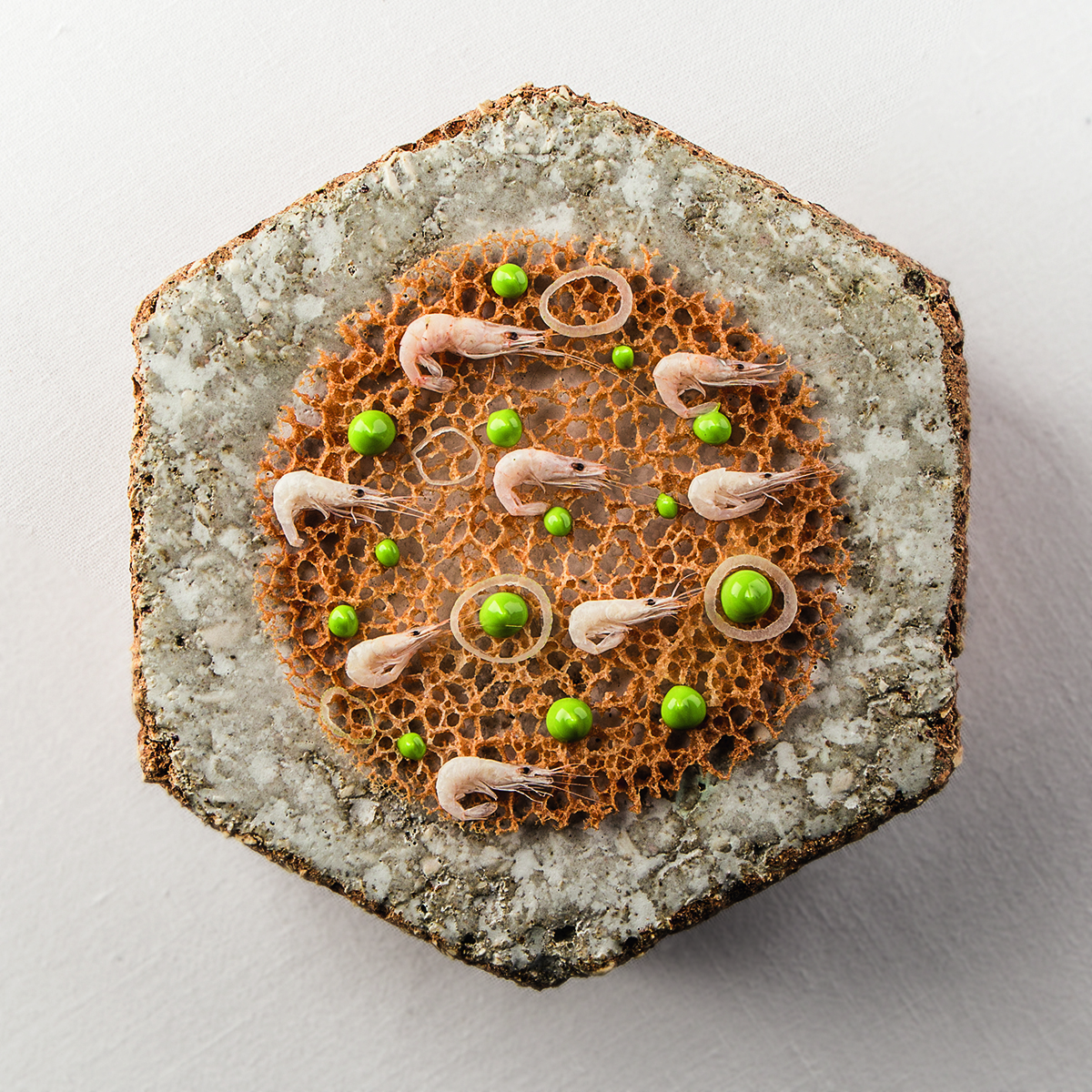
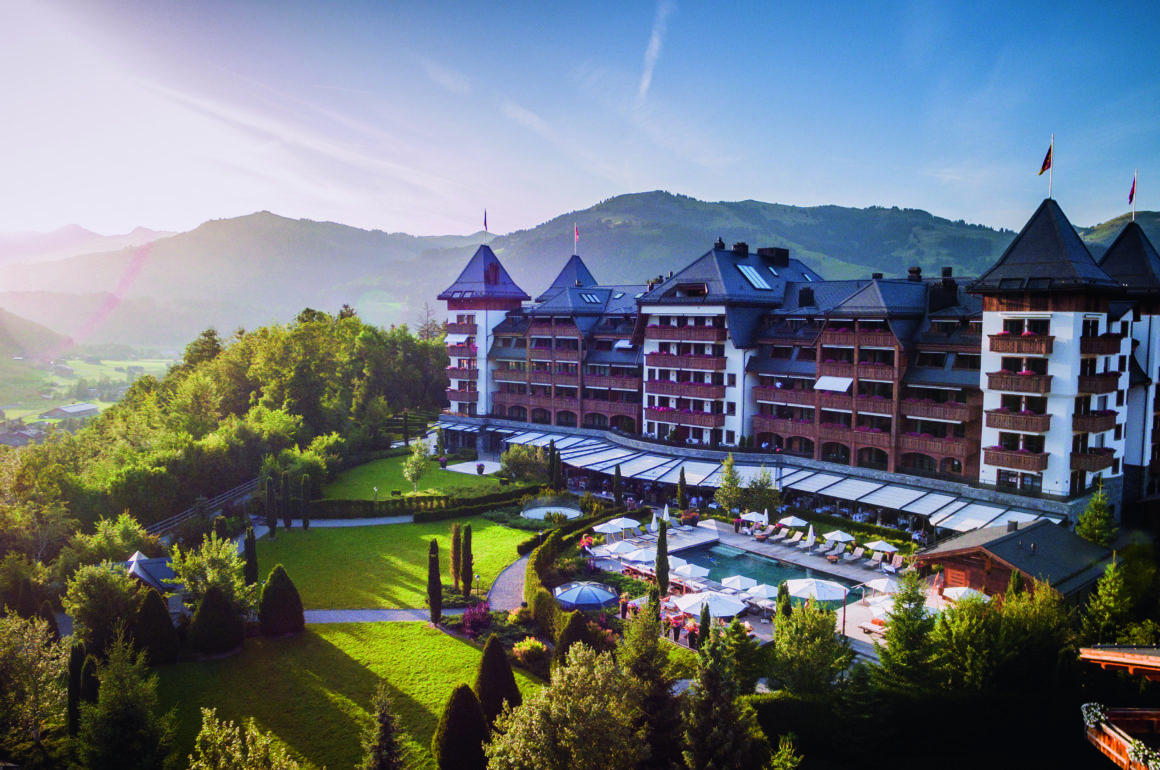
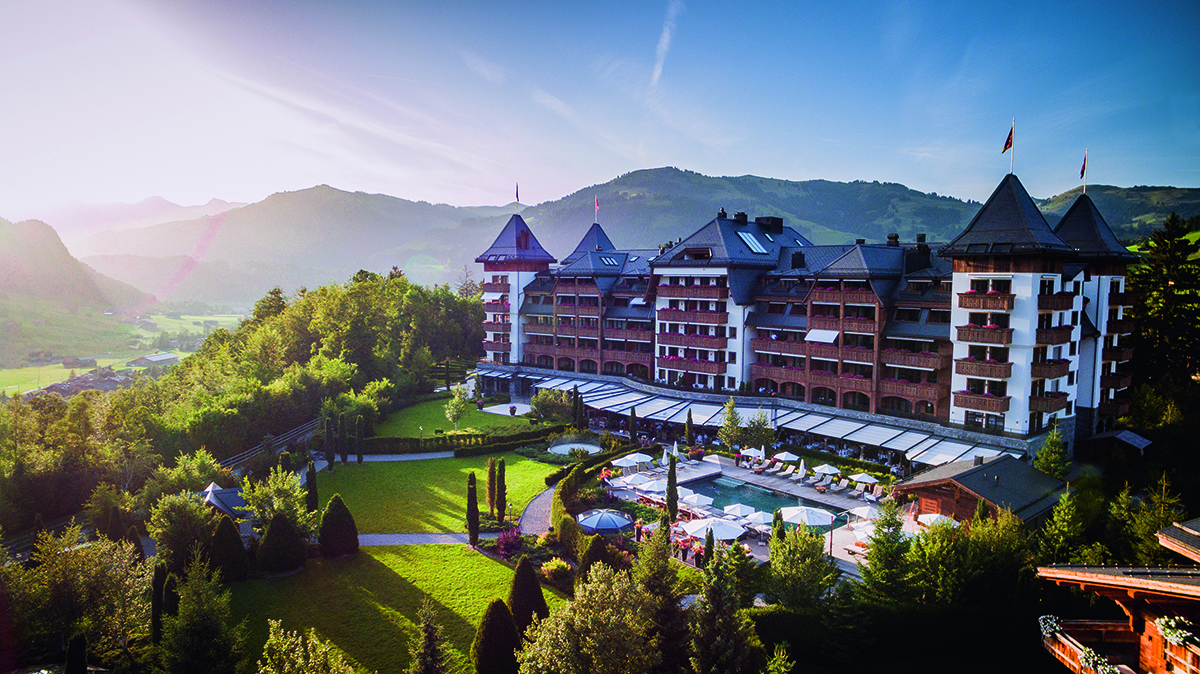
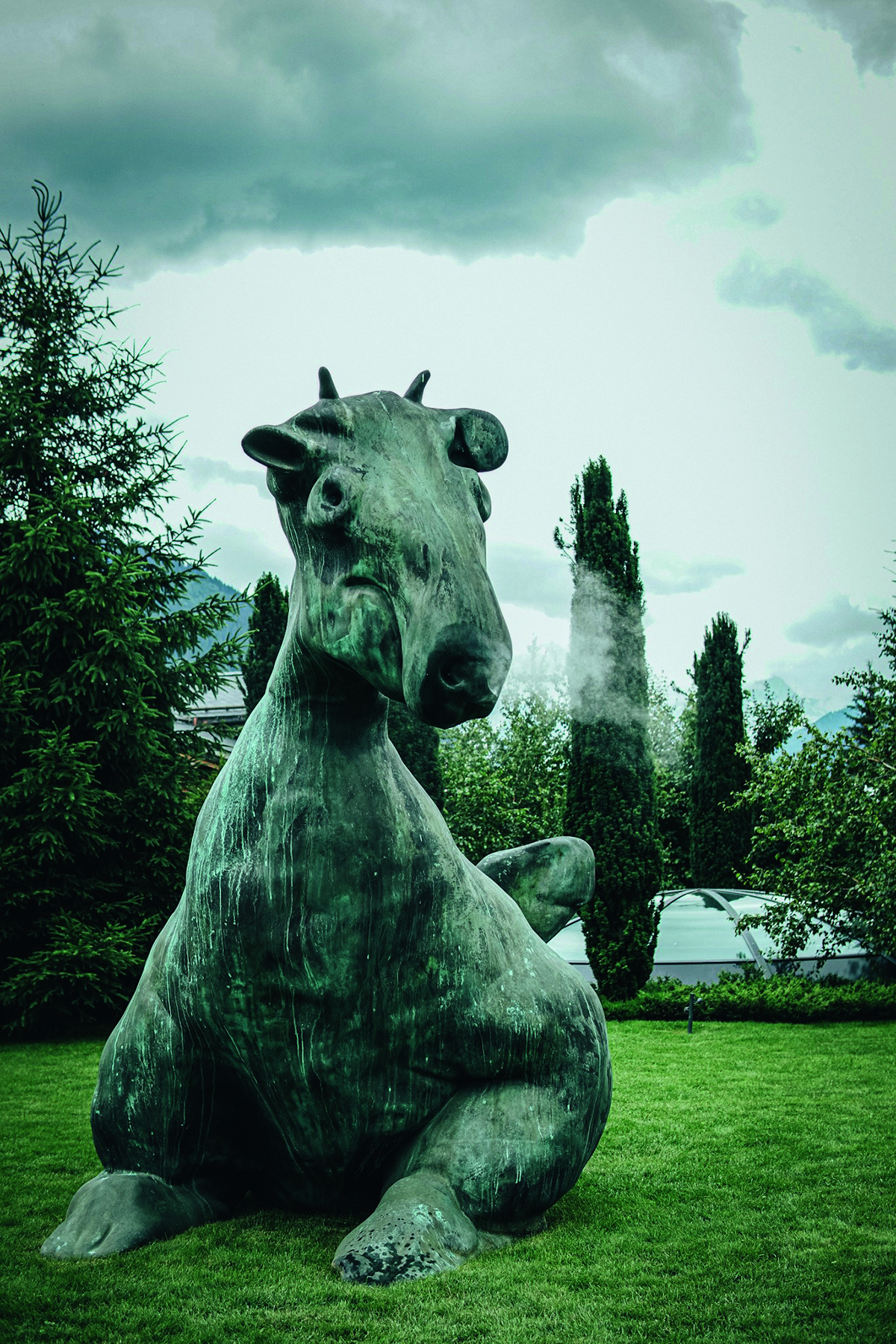
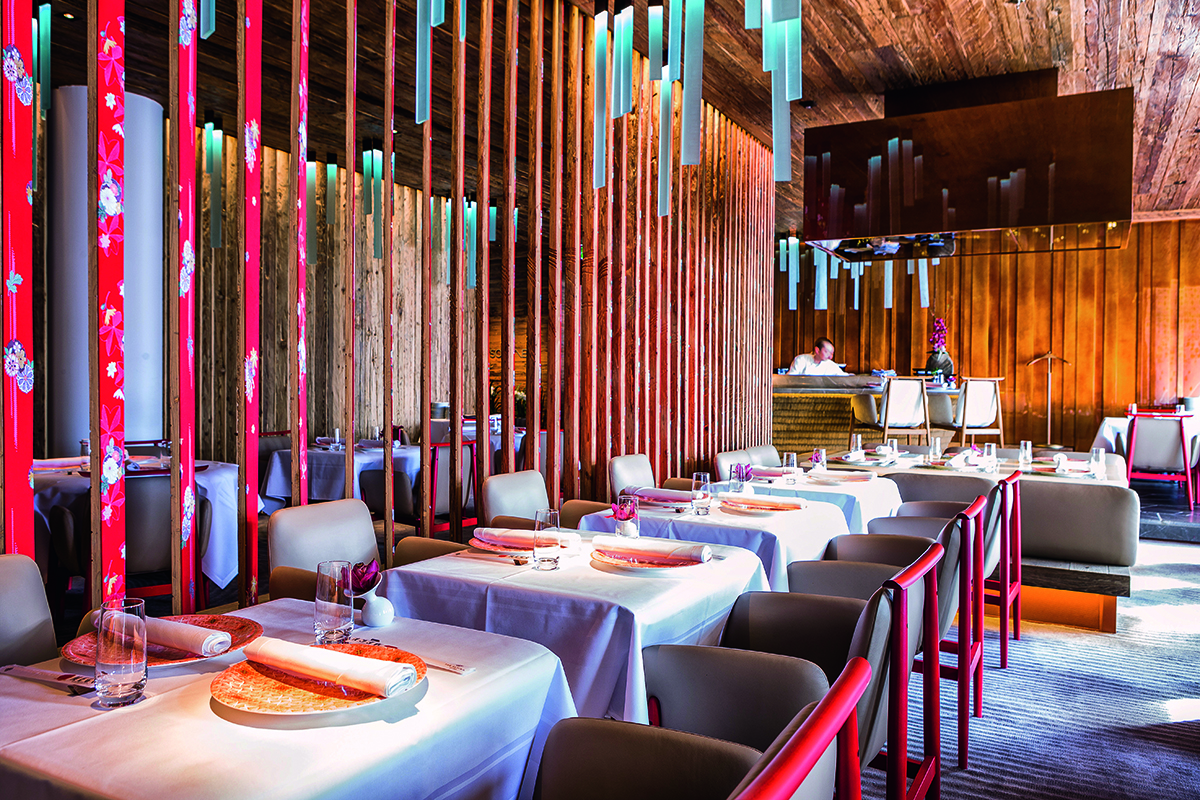
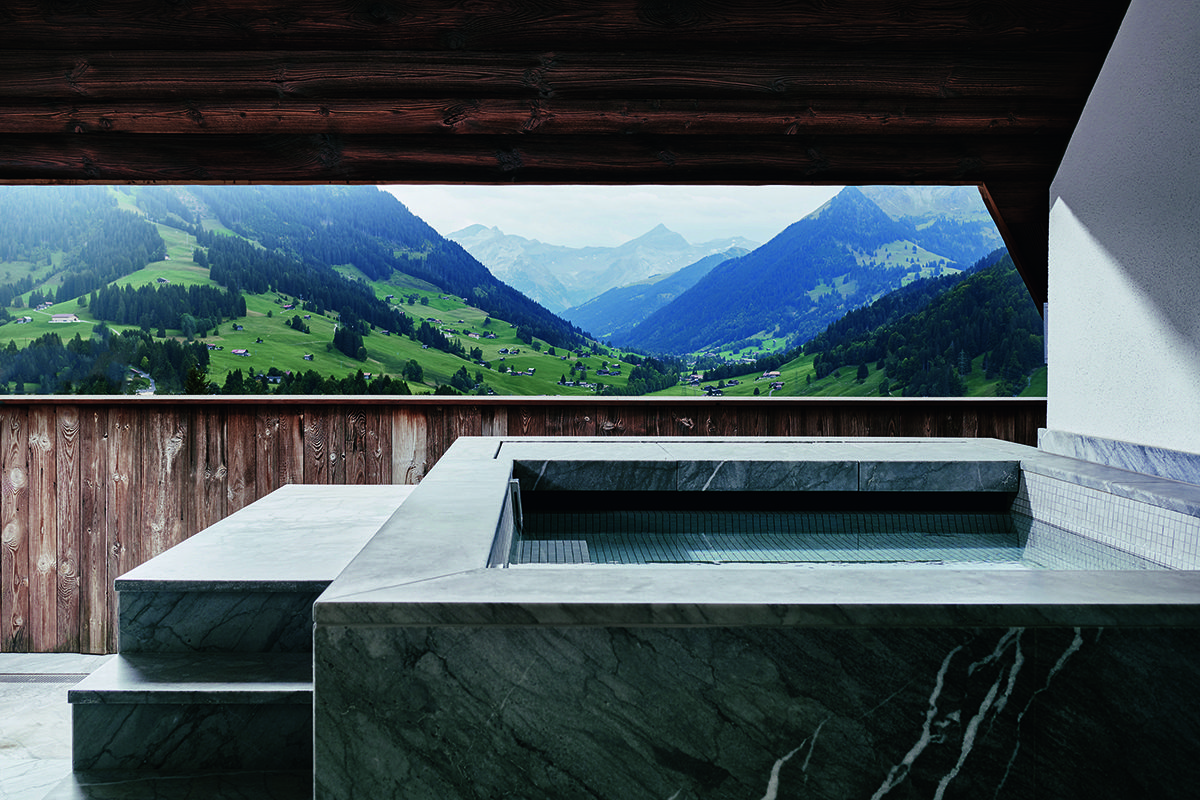
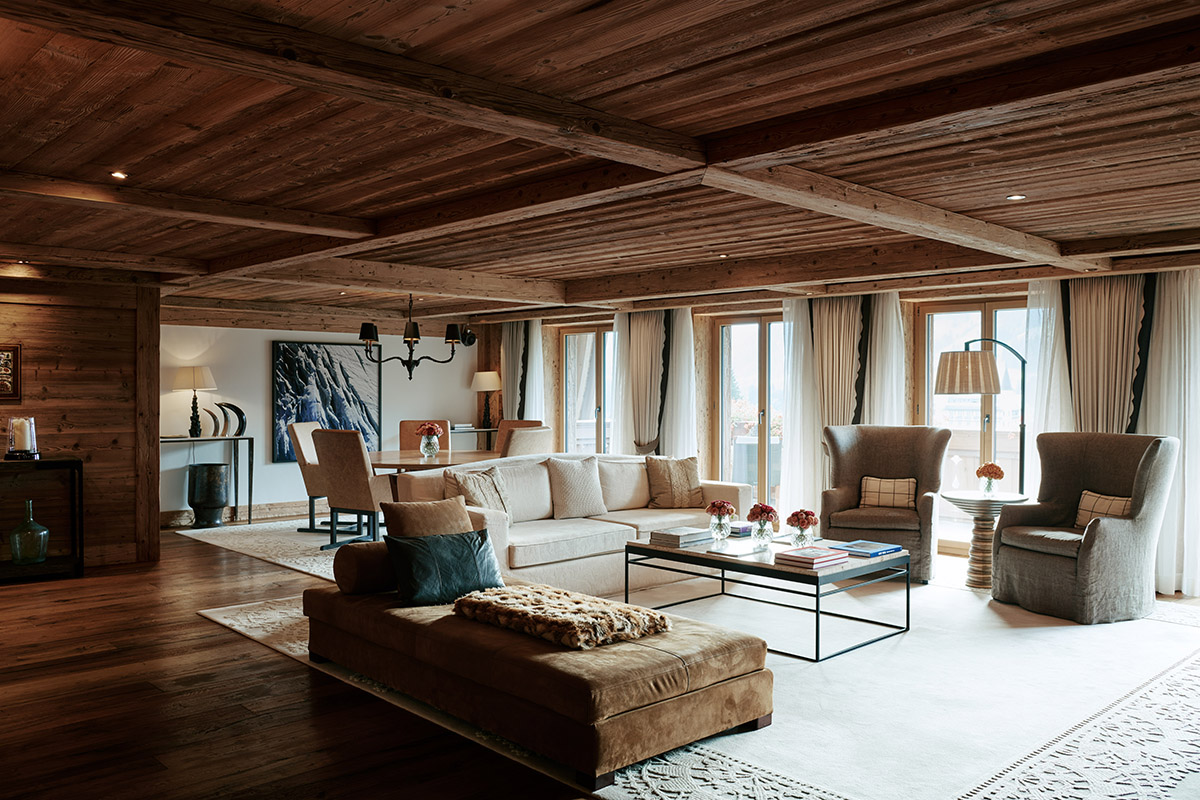



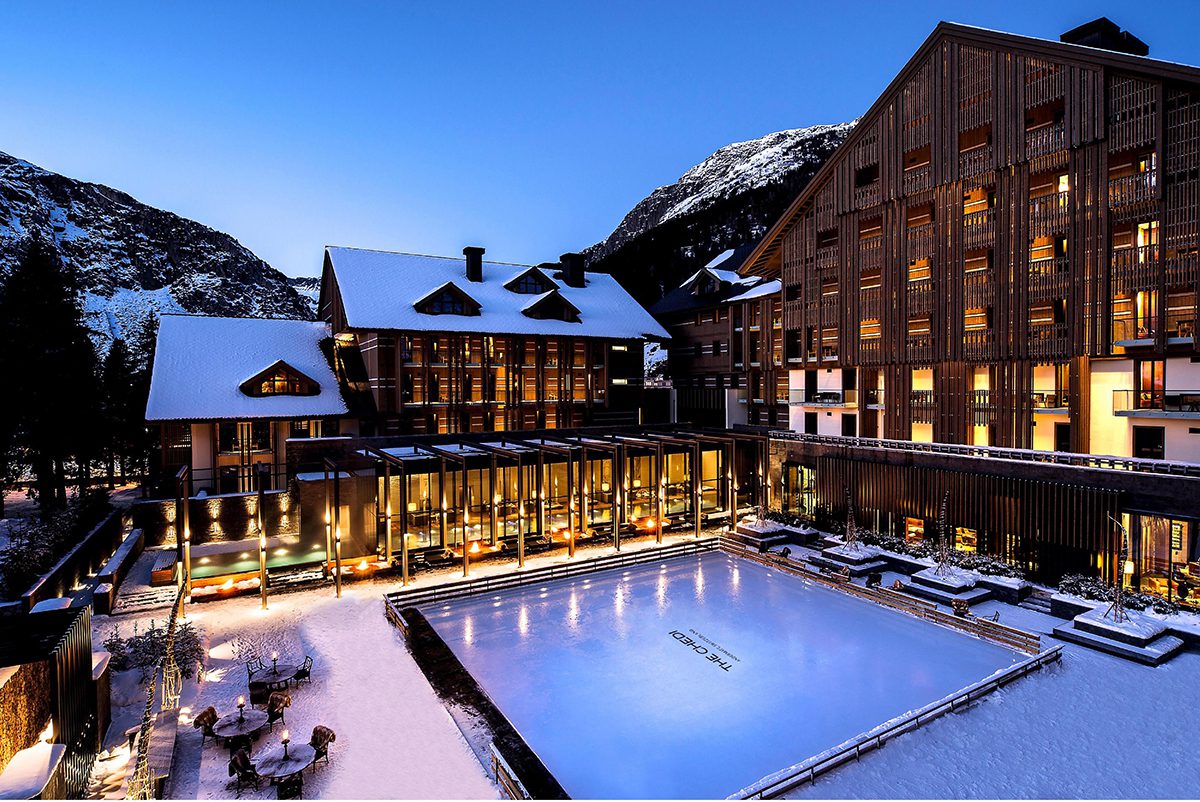
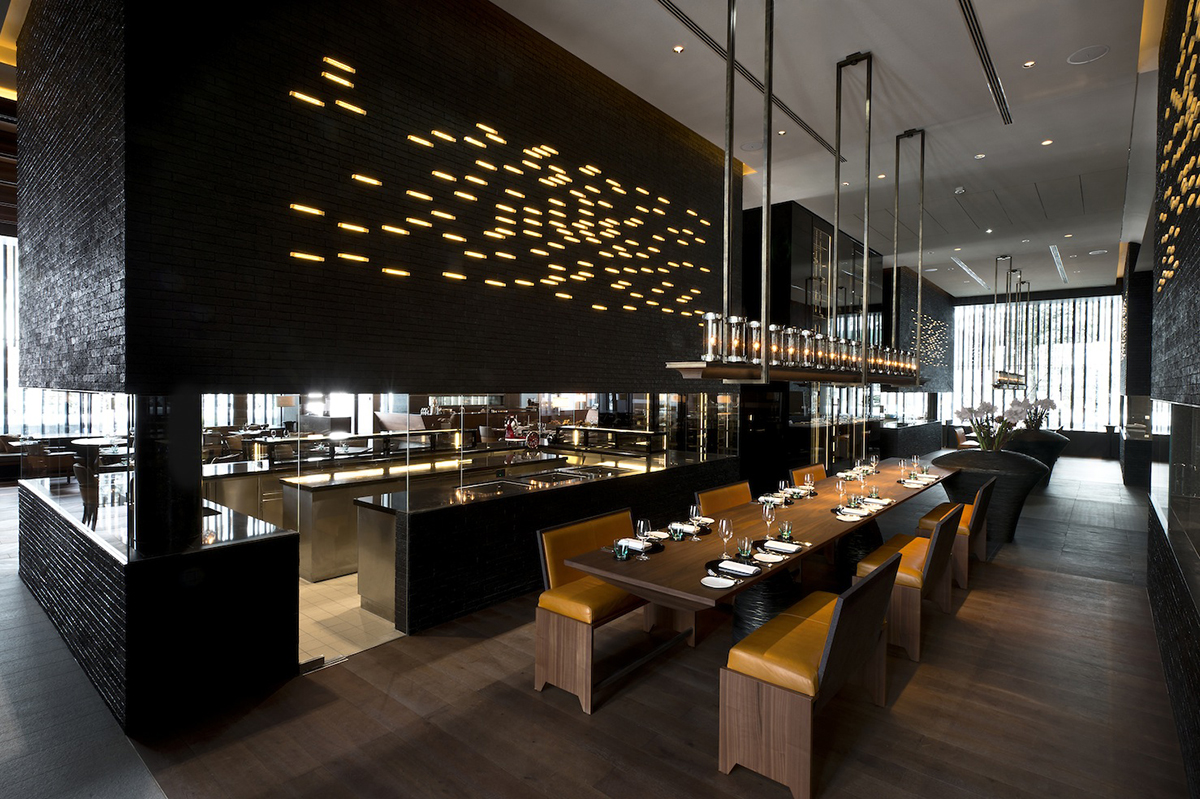
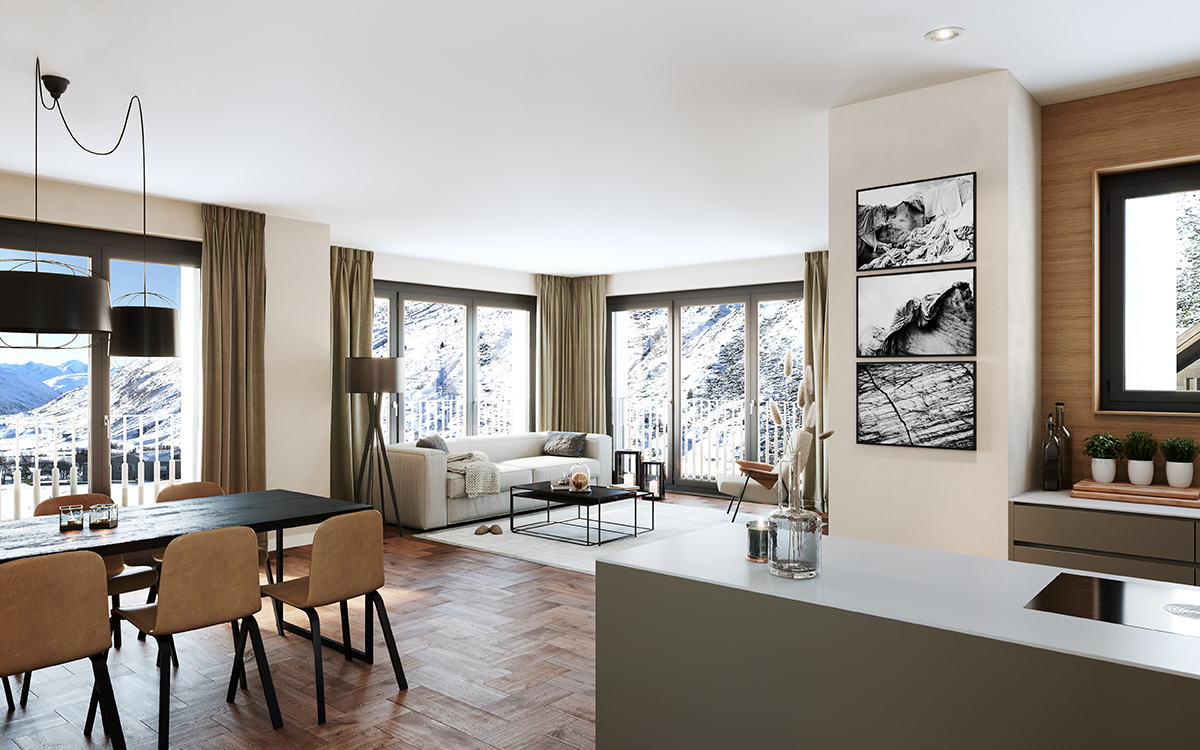
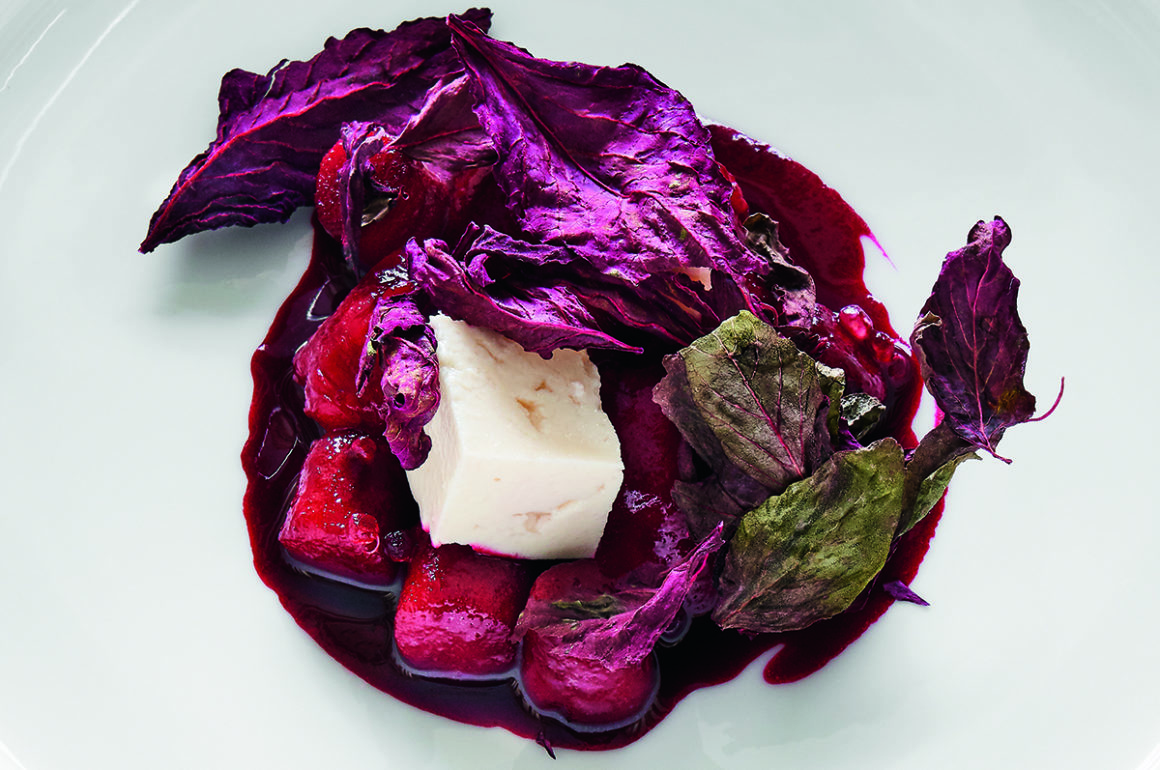
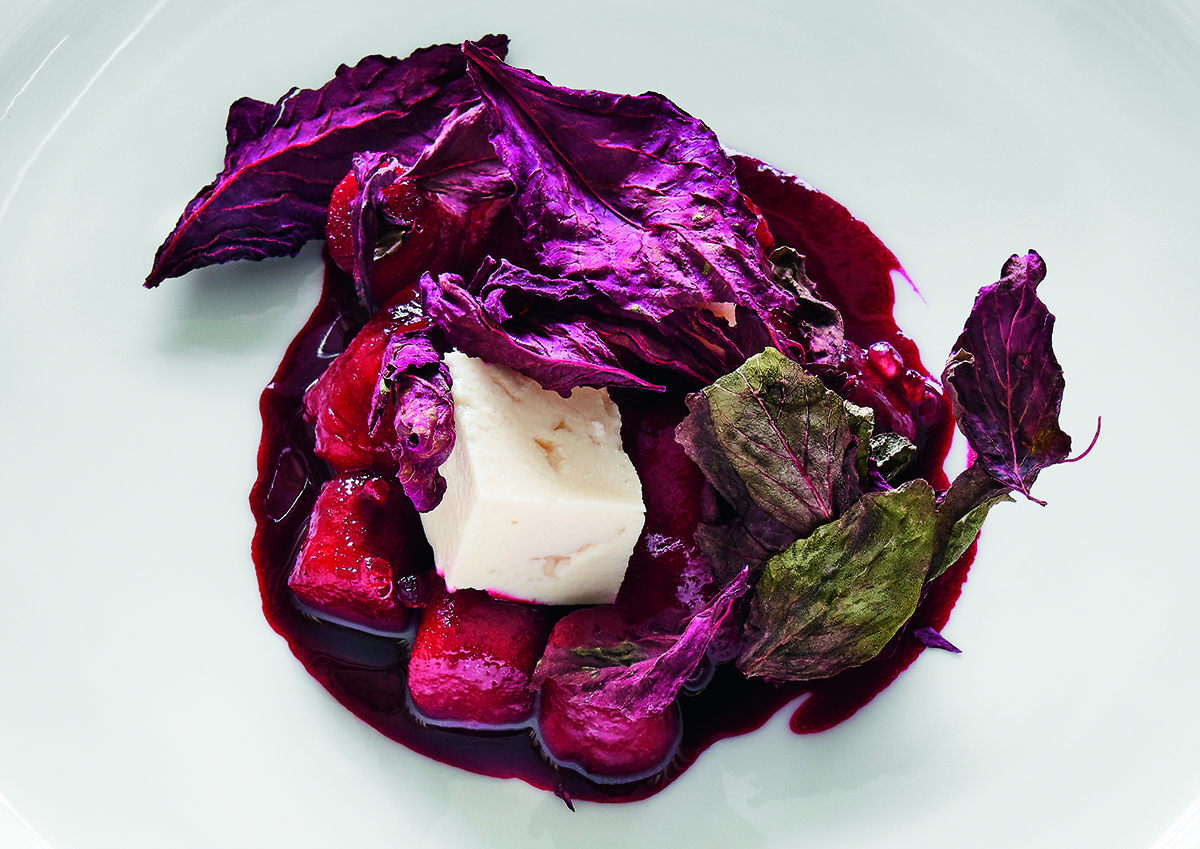
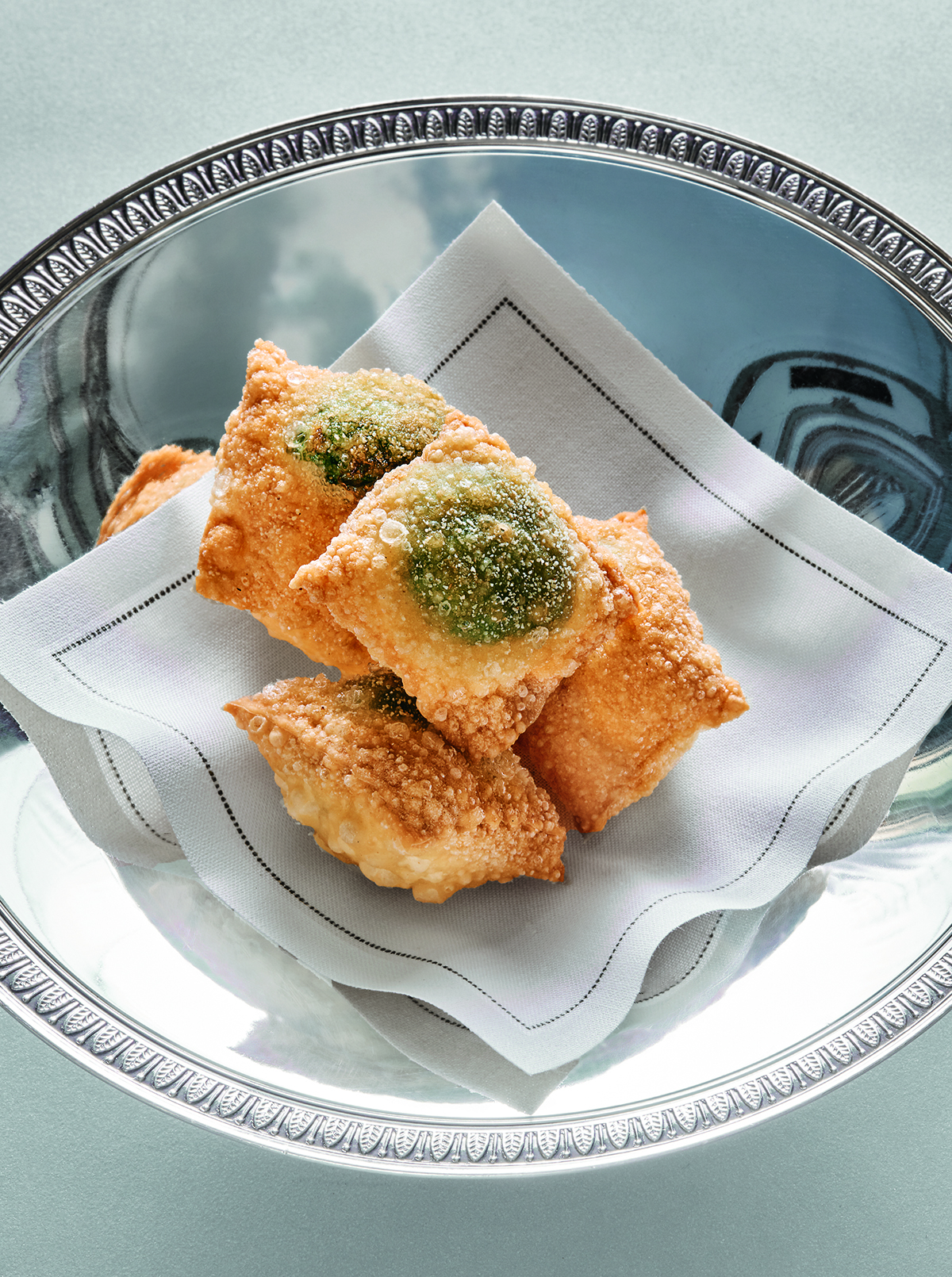
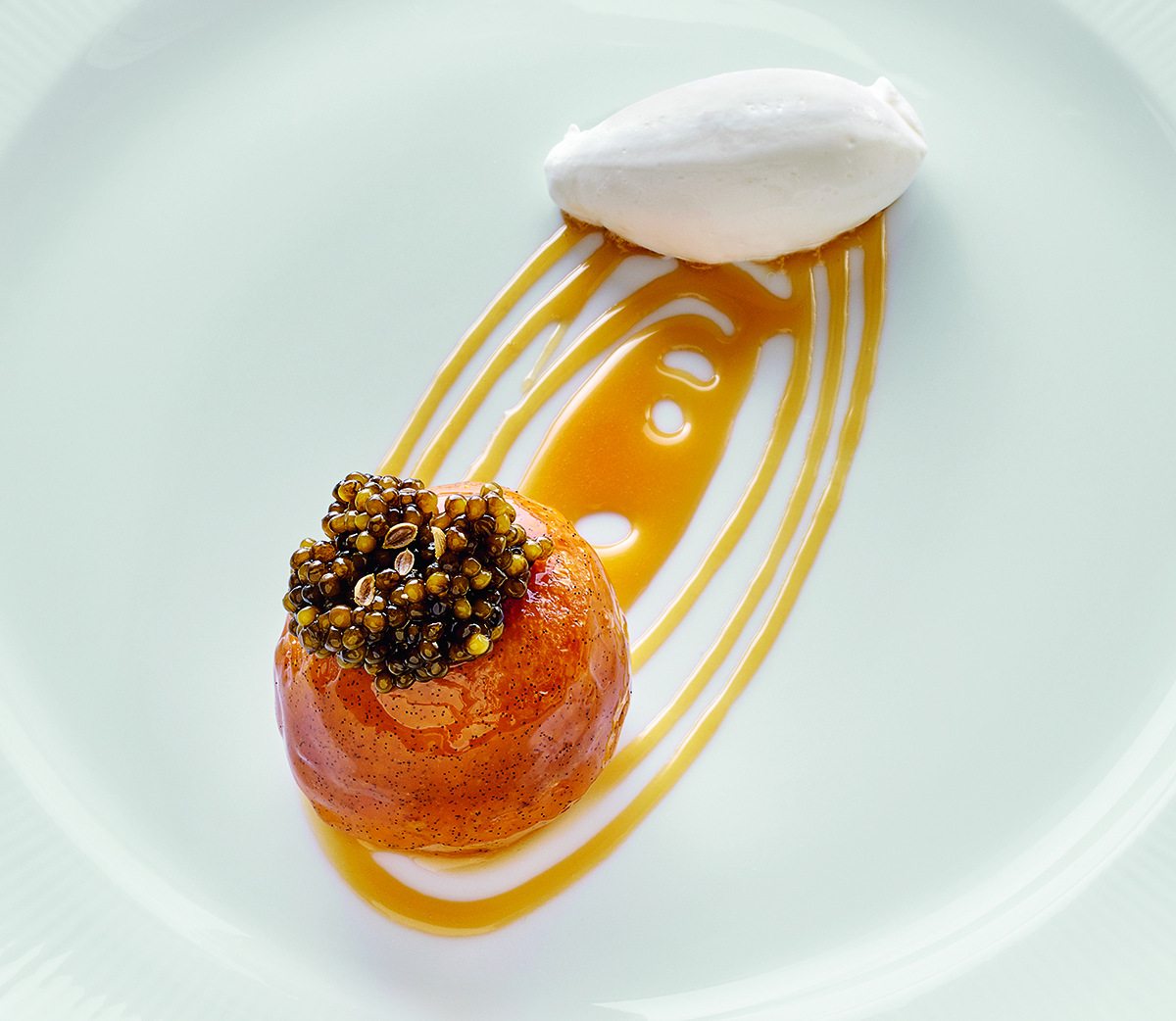

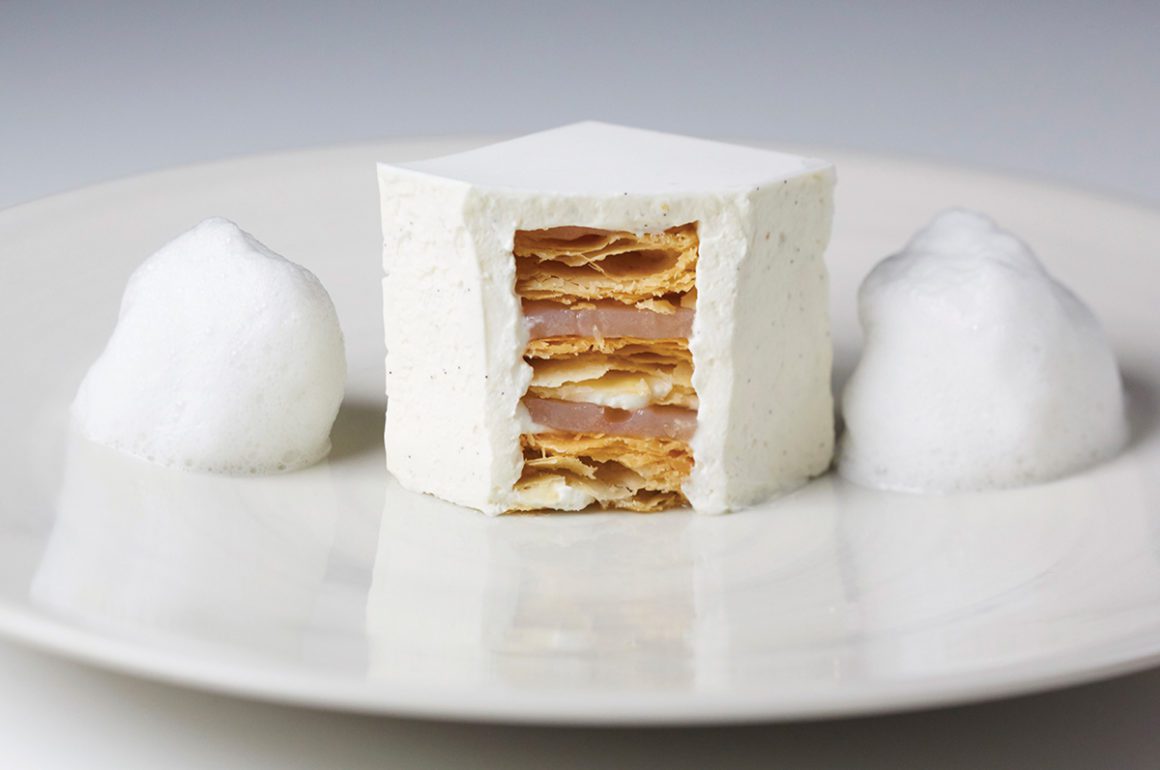
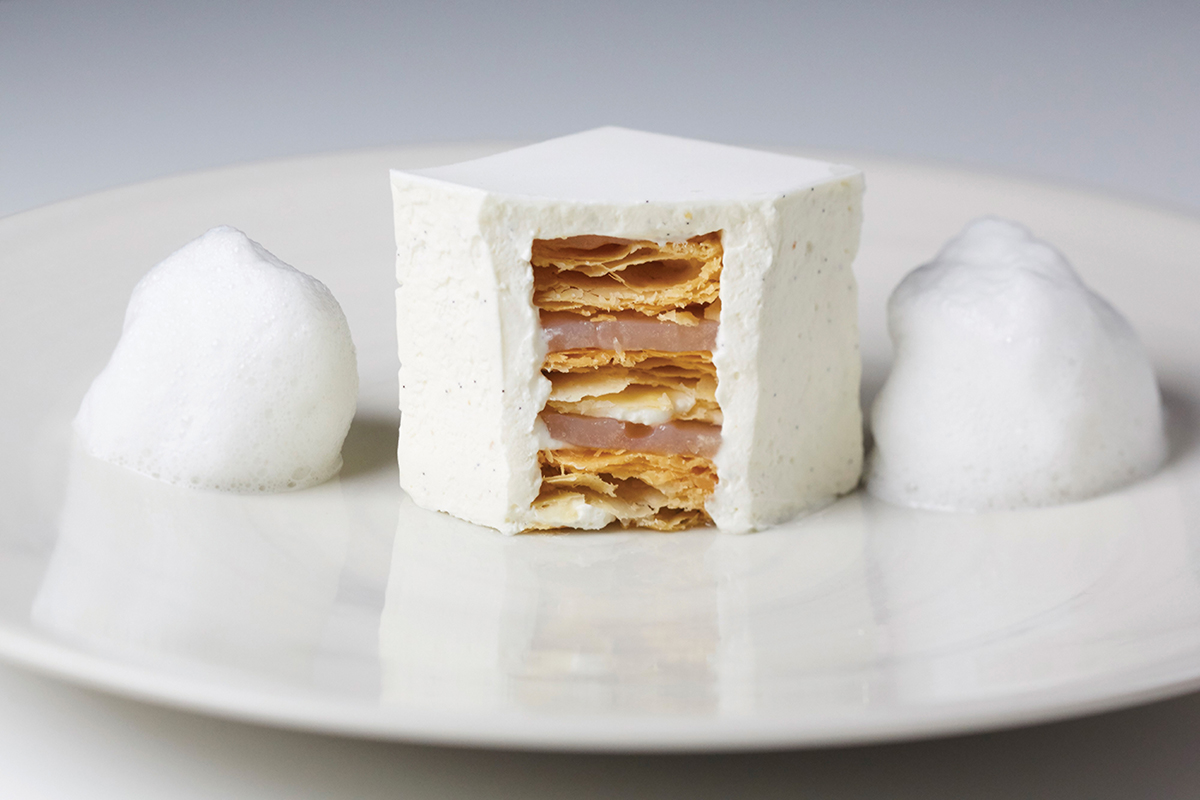

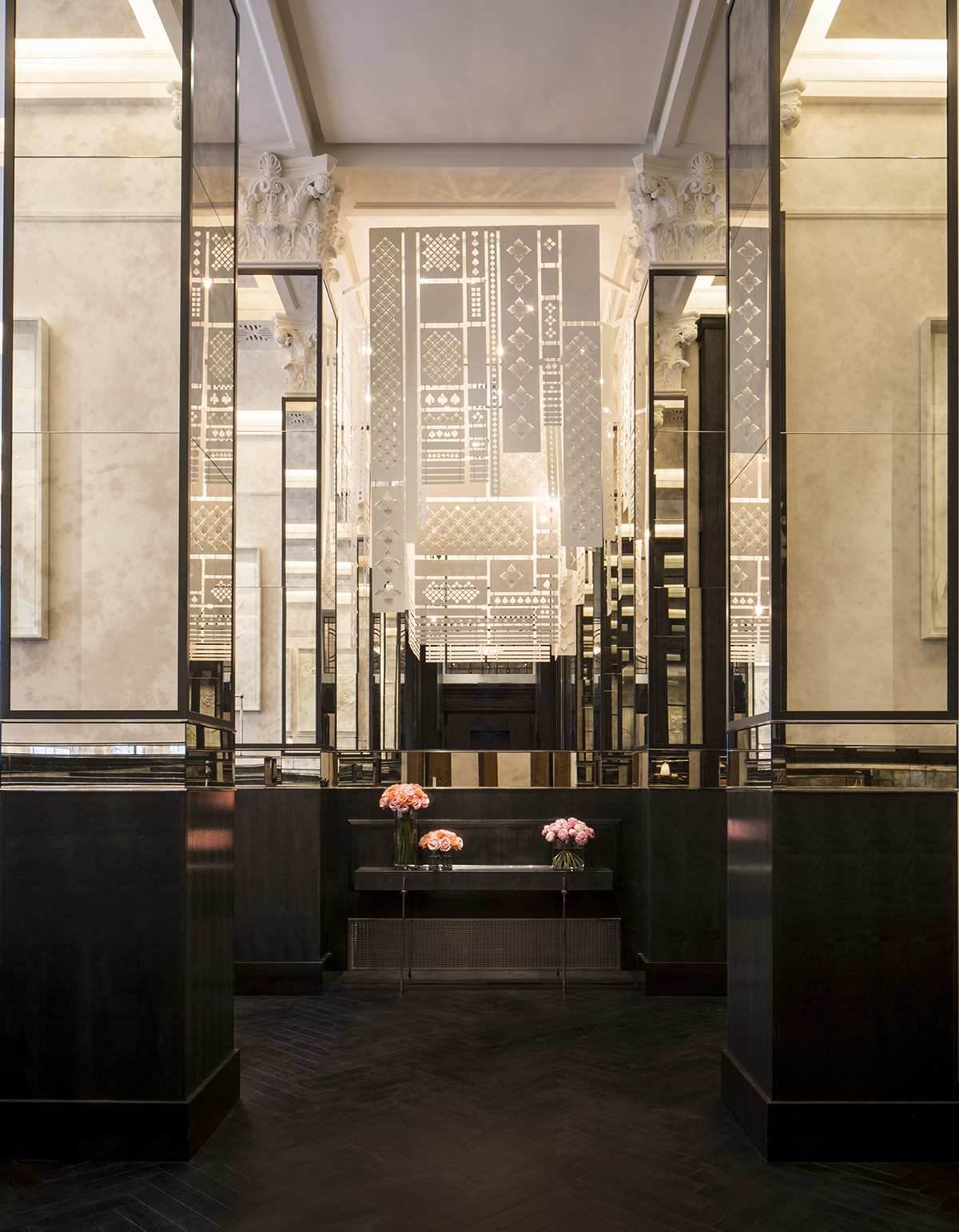
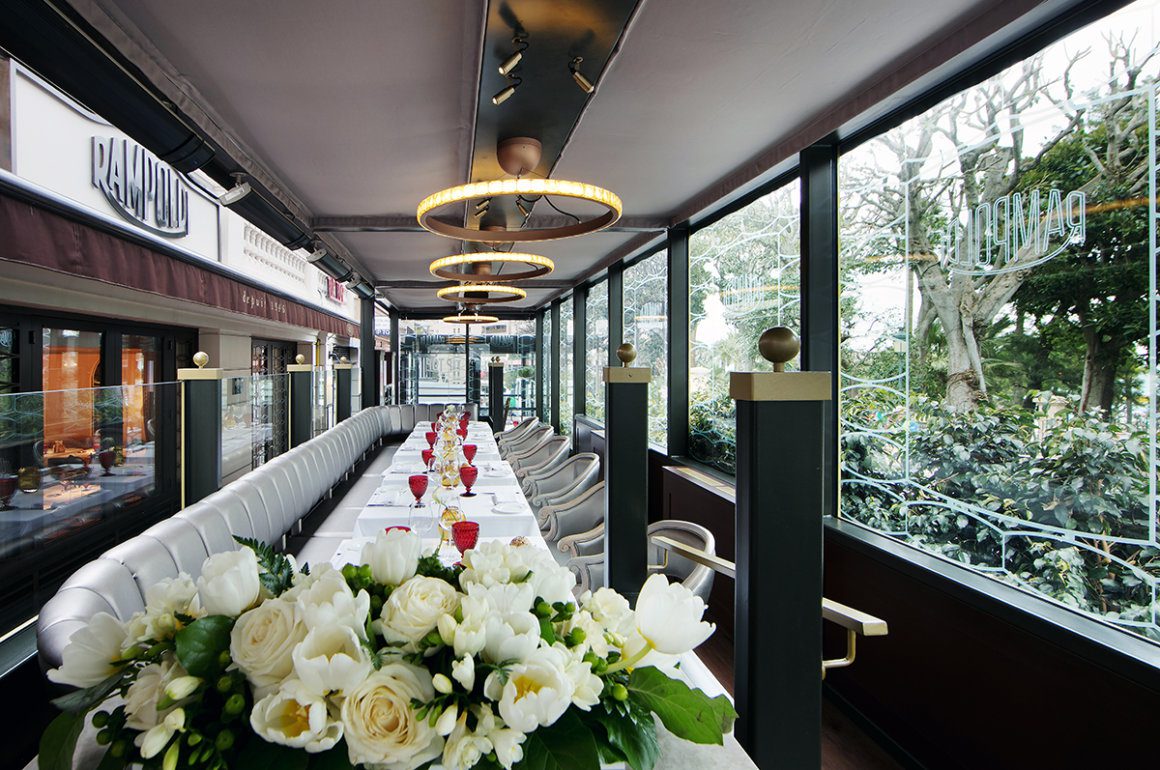
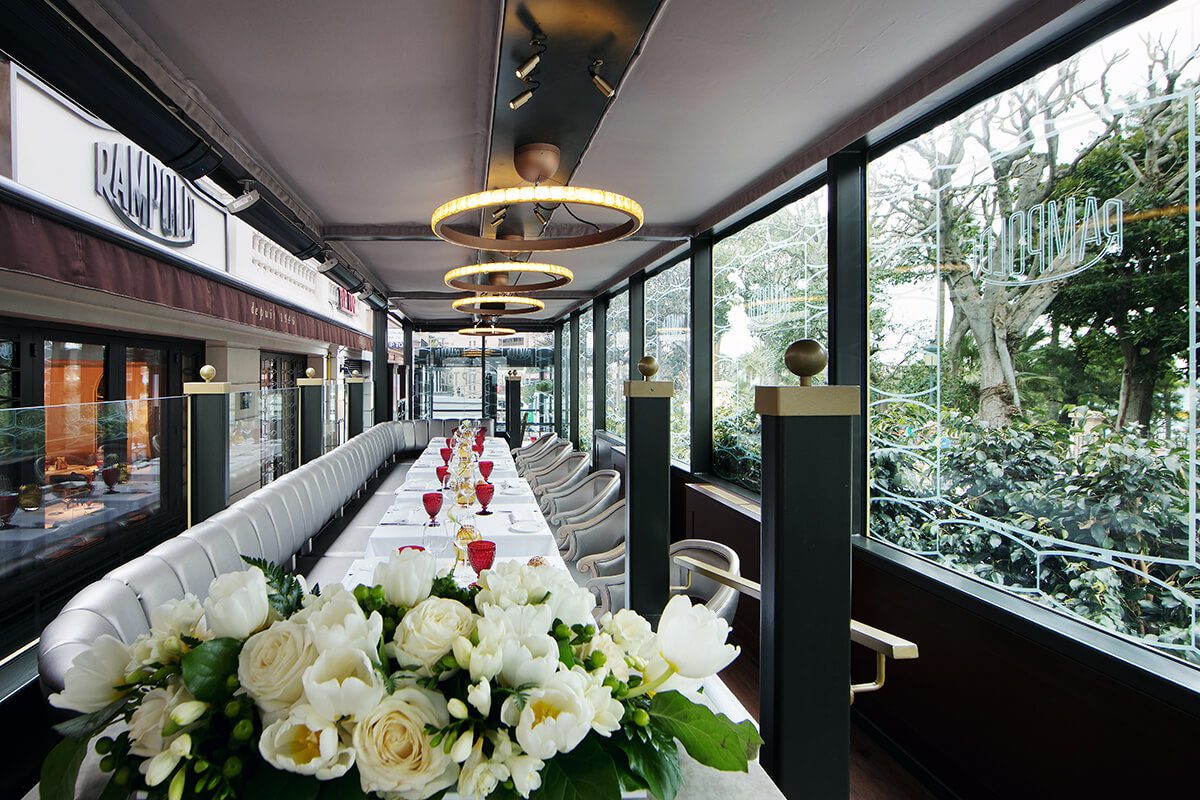
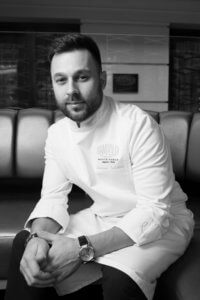
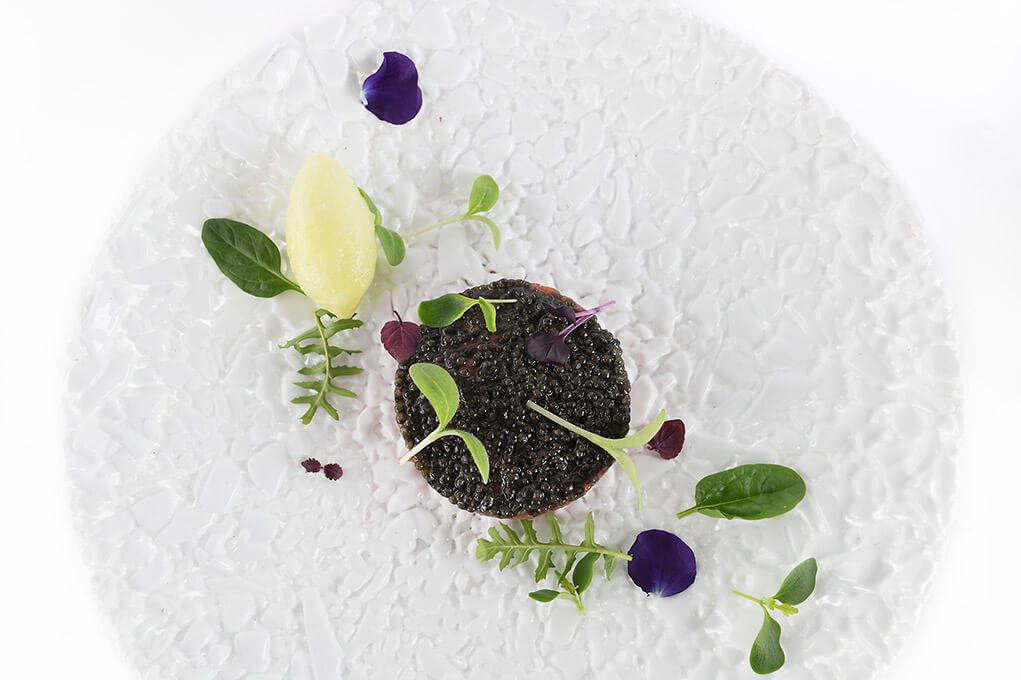
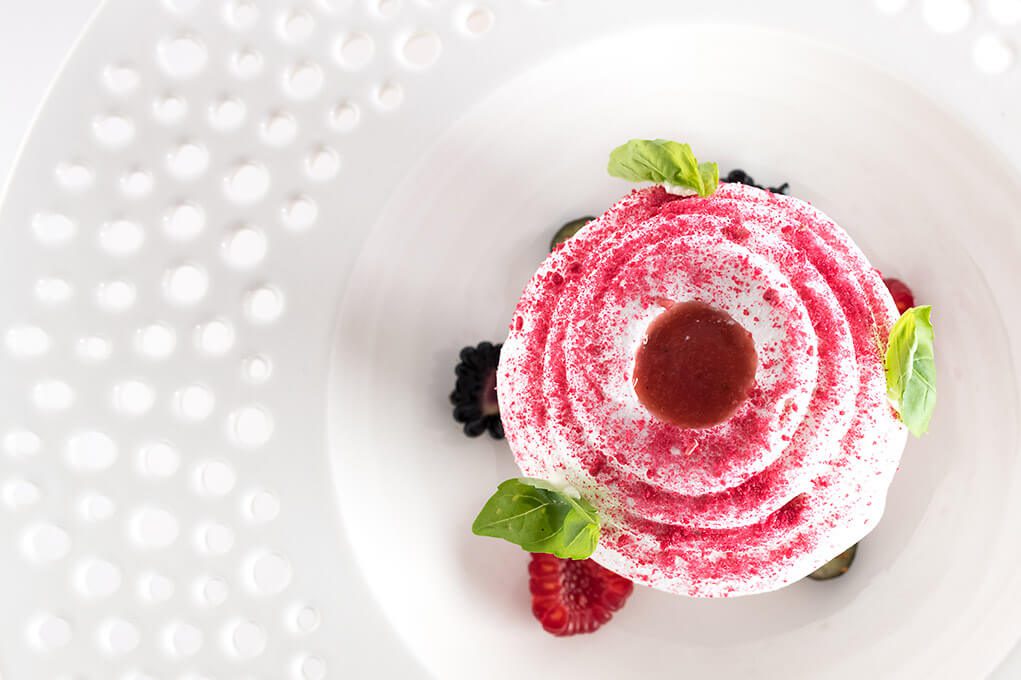
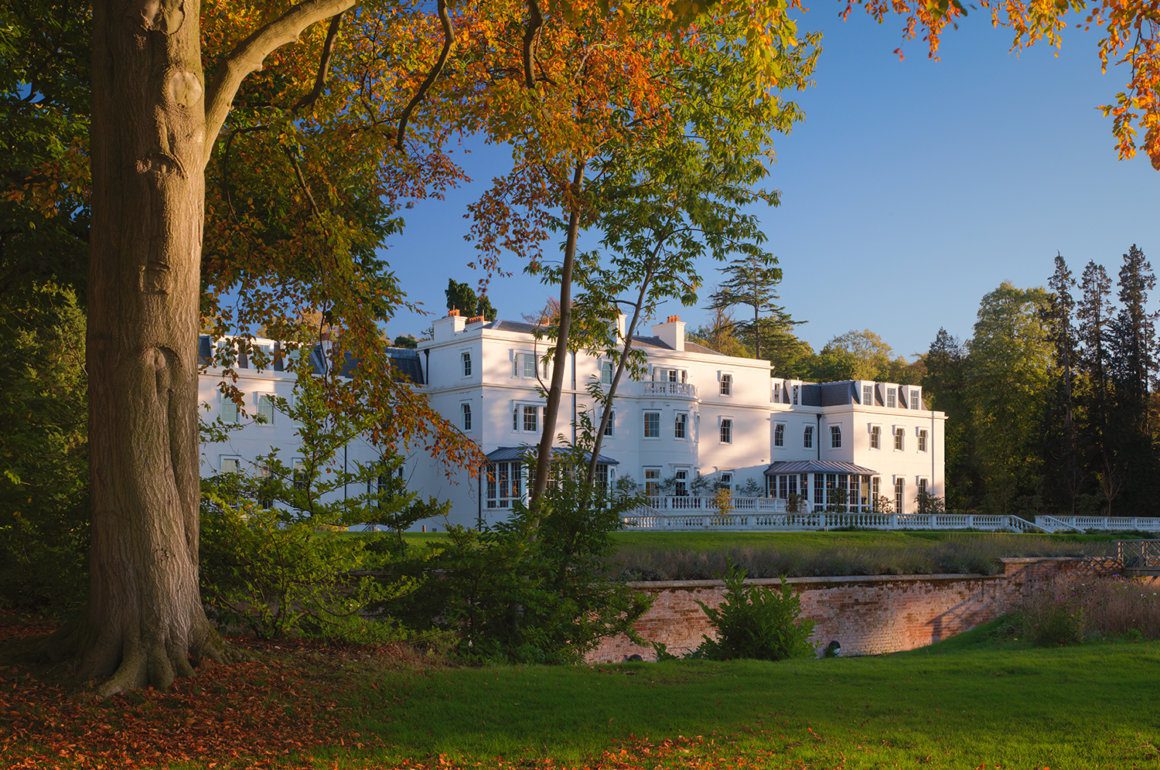
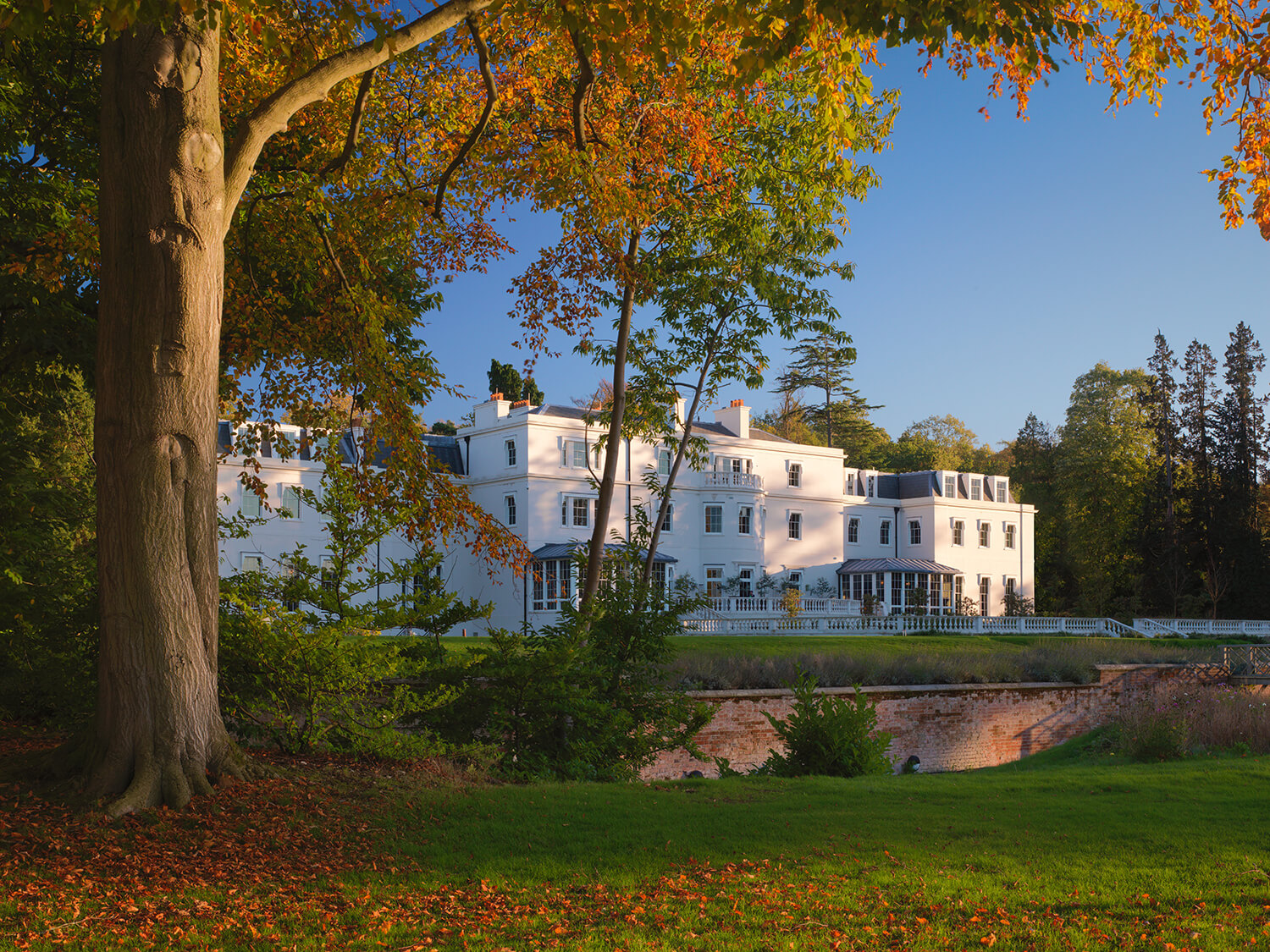
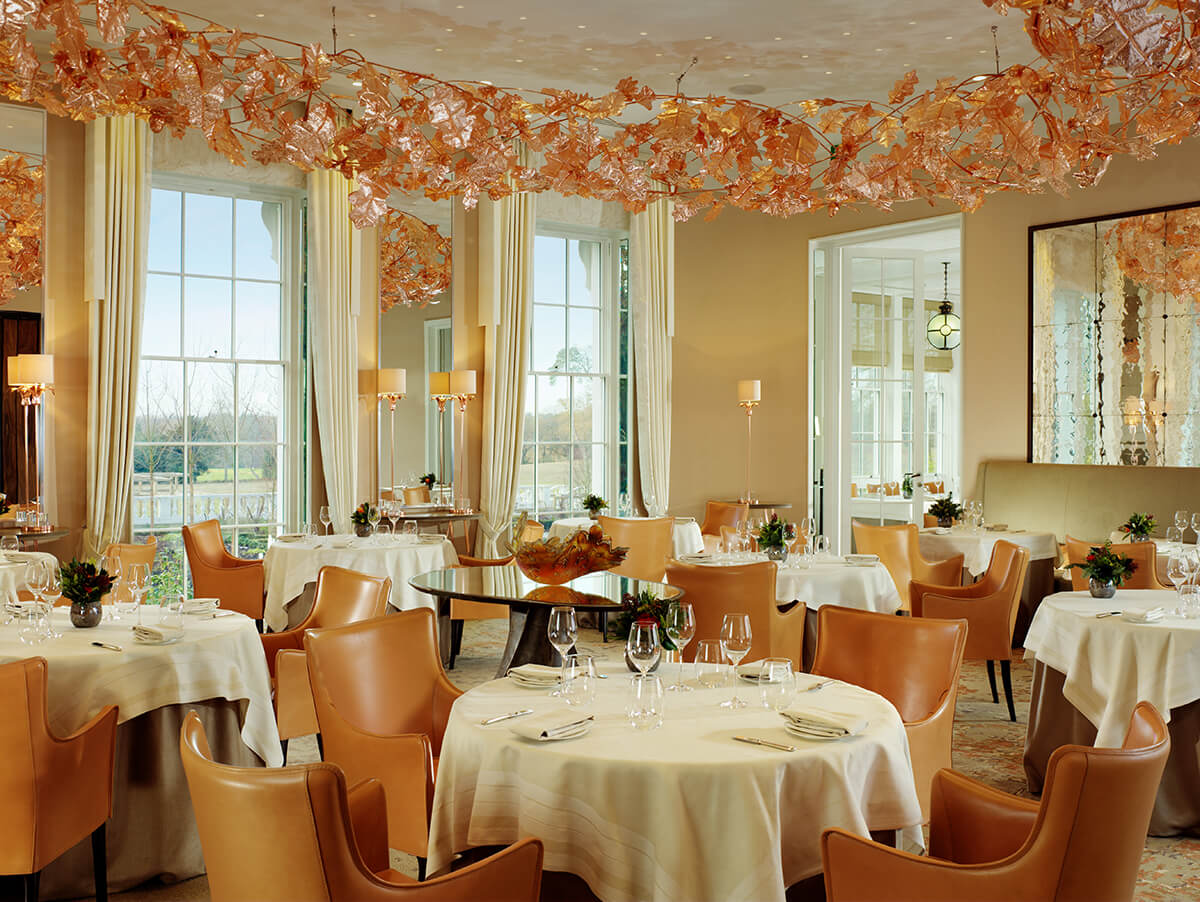
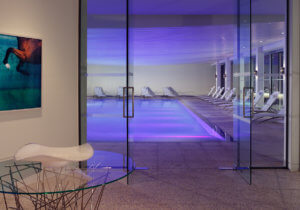


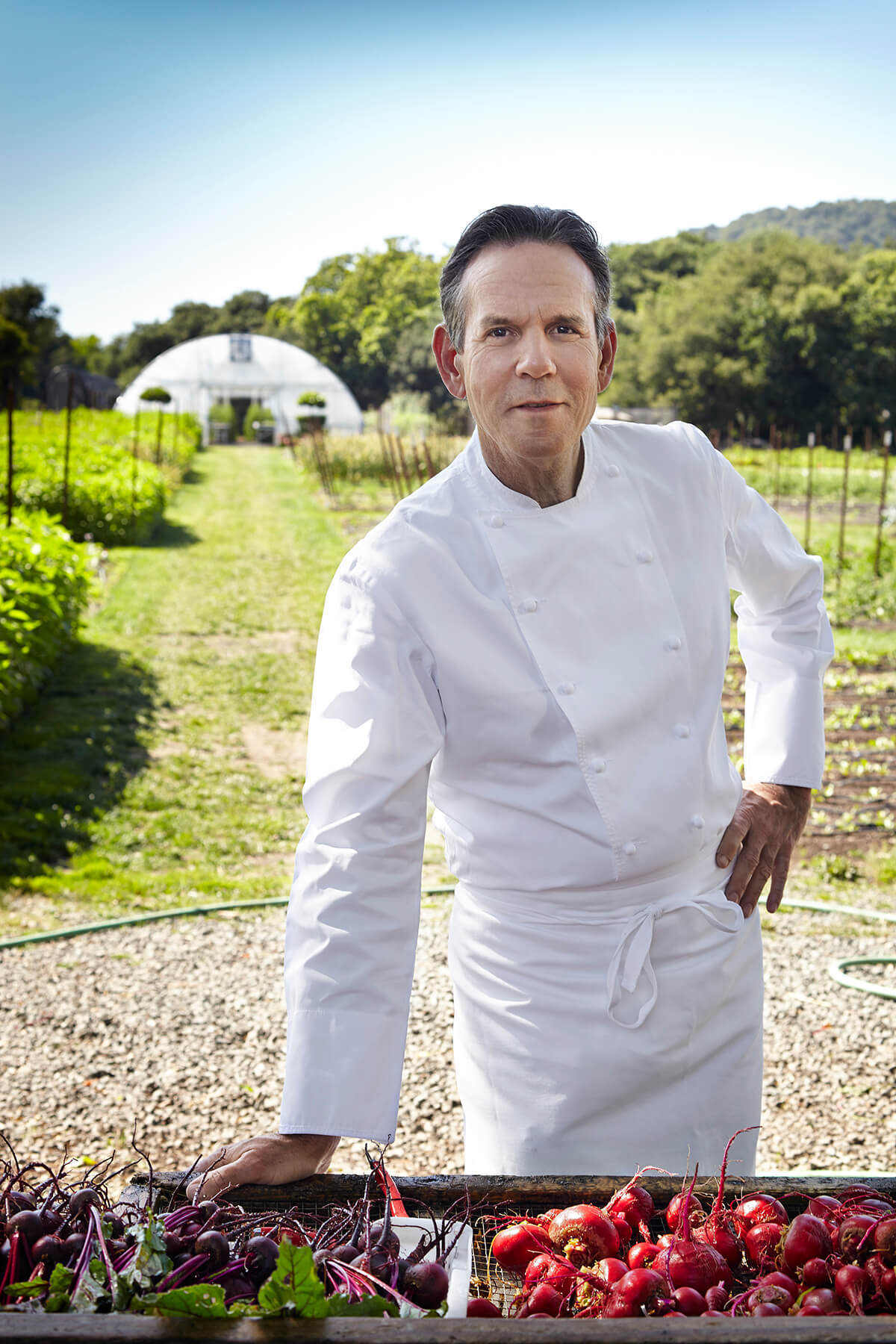
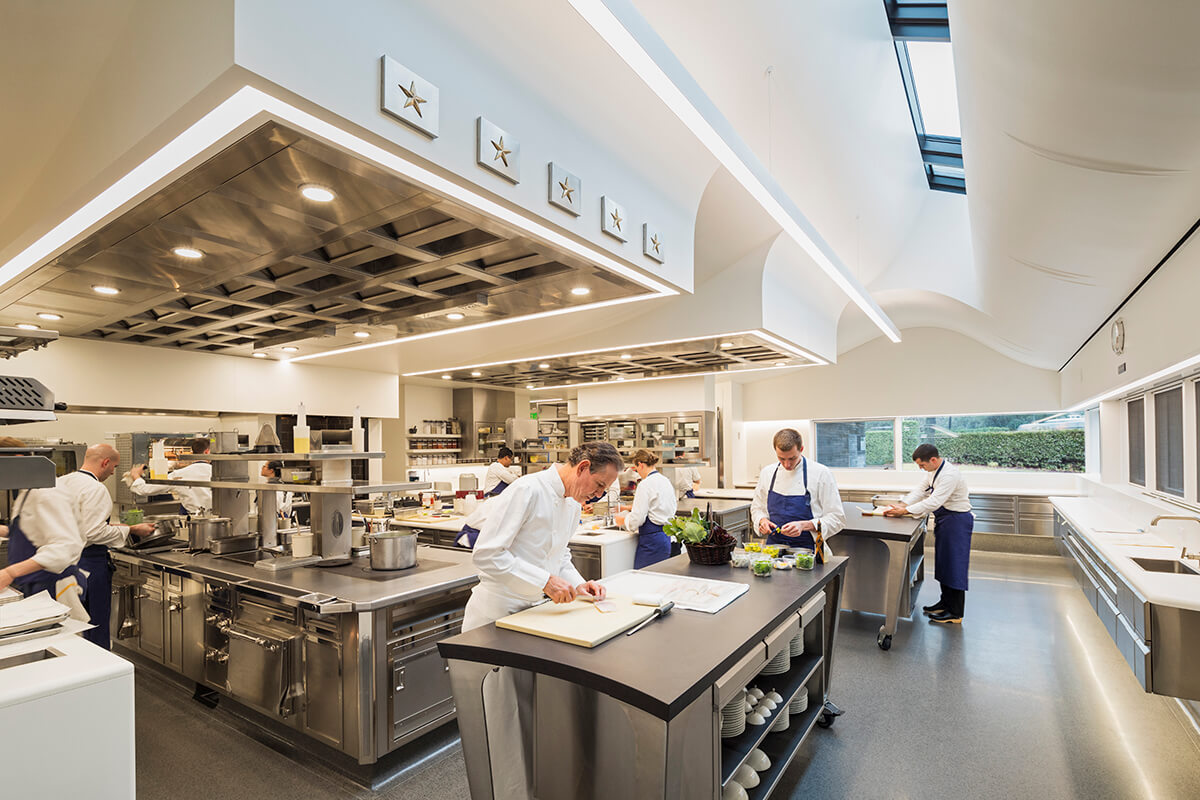

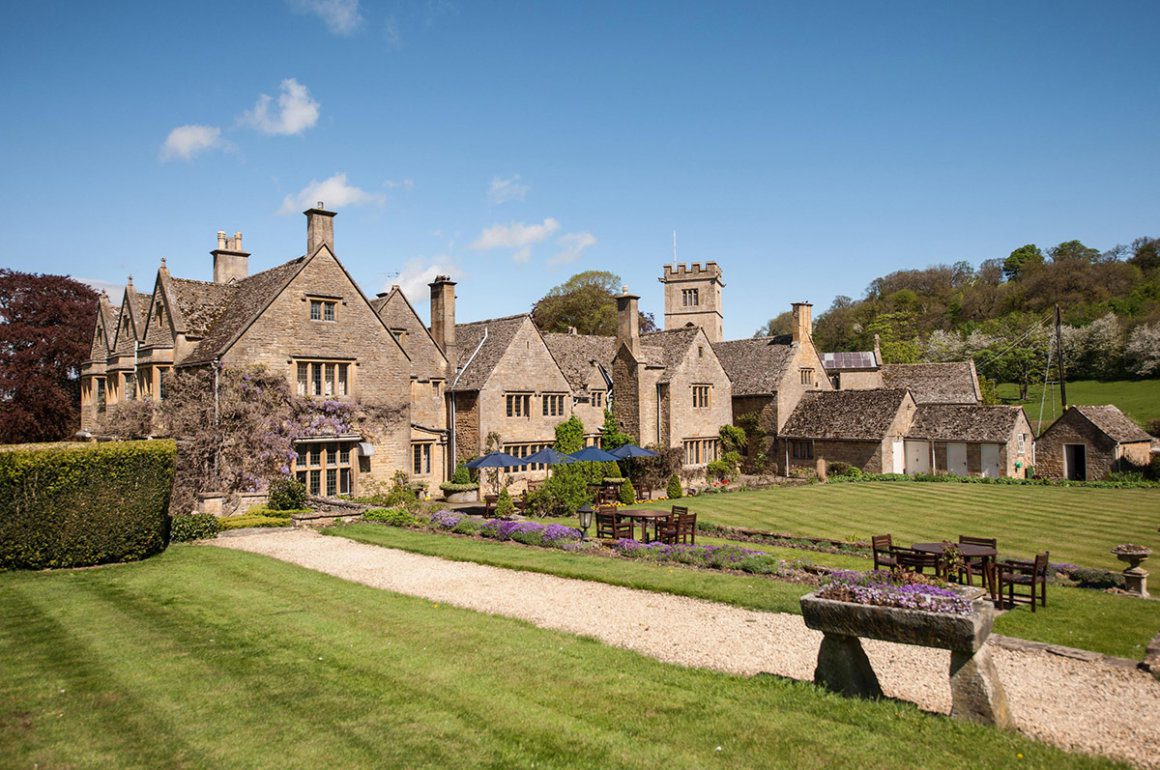
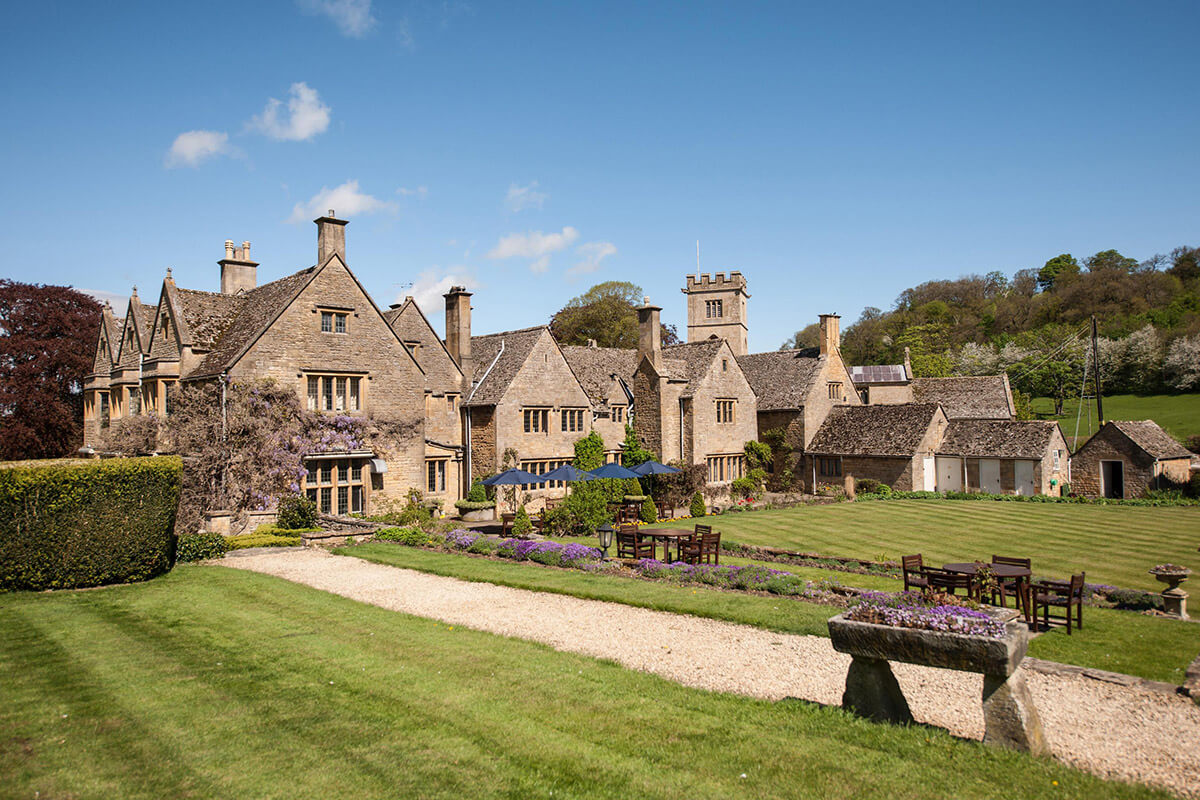

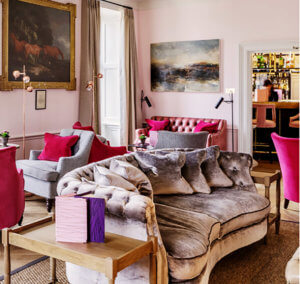
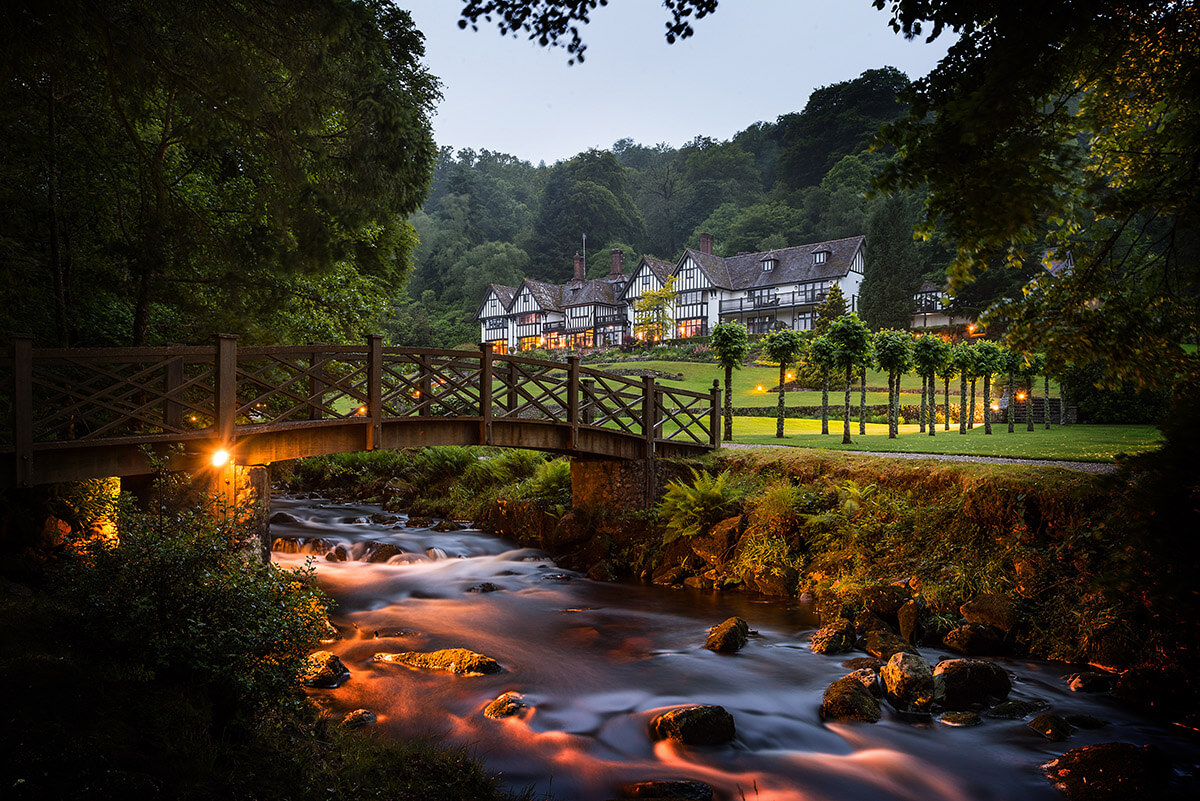





Recent Comments